Iceland
The sky was grey and the rain was steady as we drove across the broken lava fields on the drive from the airport to the country’s largest city. Julie and I were excited to be here after first talking about making this journey 40 years ago. A bit of patience and determination spread over four decades and here we are, pulling up to our hotel in Reykjavik, the capital of Iceland. Let’s go exploring!
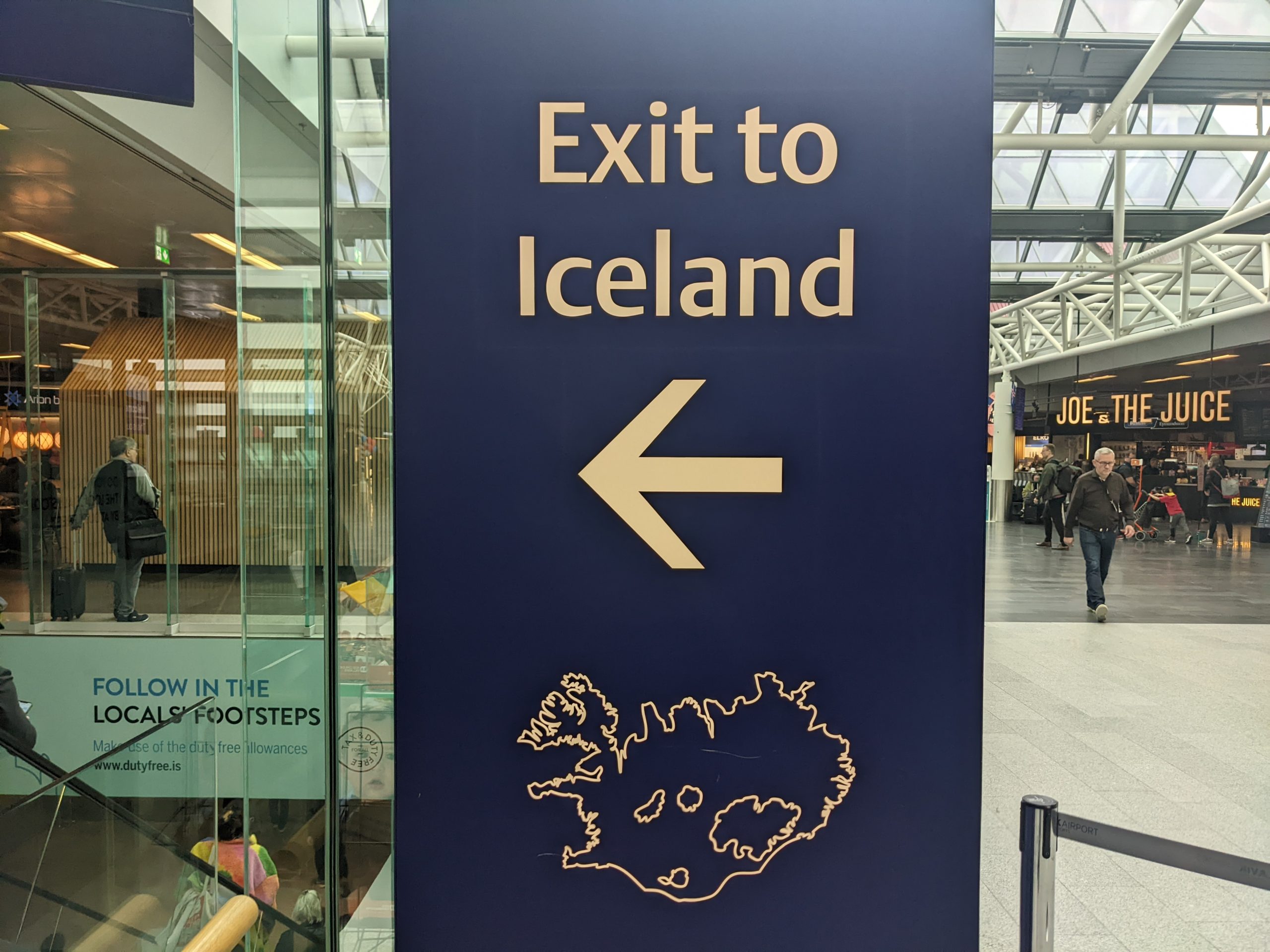
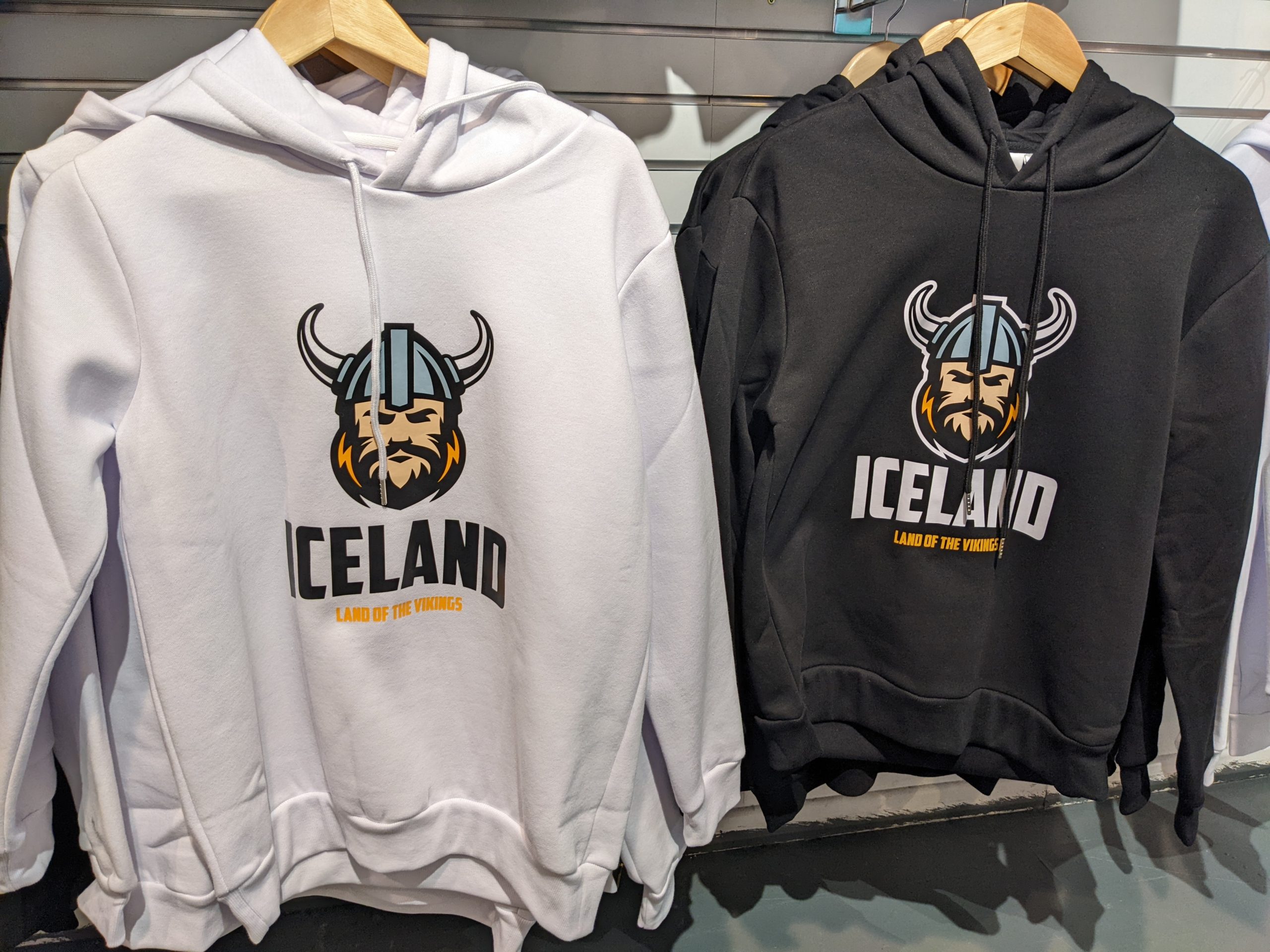
How did we get here? After spending six fabulous weeks exploring Ireland and Scotland with Tramp, the trusty third member of our travelling team, we said a temporary good bye to him and boarded a plane with the quirkily-named airline FlyPlay from London Stansted airport and flew three hours due north to the remote Scandinavian island nation of Iceland.
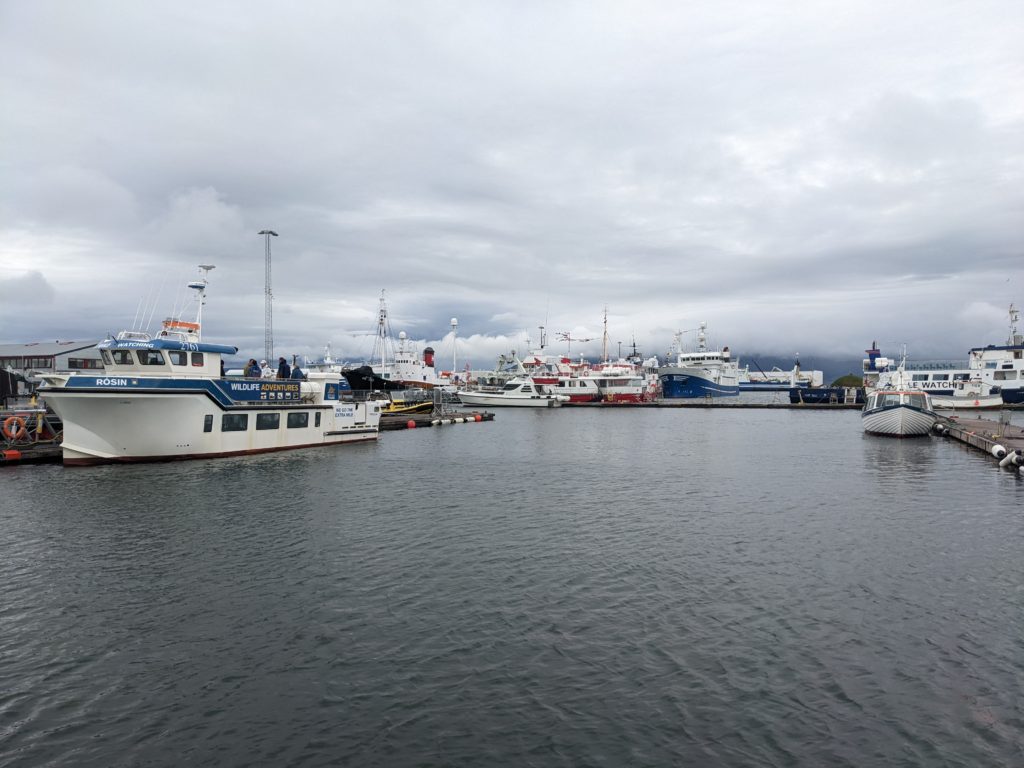
In 1982 Julie and I were living in London and like most young travellers in those days we were short of funds for our future travel plans. There were two get rich quick plans circling around backpackers in London at that time – picking grapes in the south of France or packing fish in Iceland. We thought picking grapes in France sounded a lot more fun and somewhat romantic compared to packing fish so off we went for a great adventure (months later we returned to London with about the same amount of money as when we left). Iceland would have to wait.
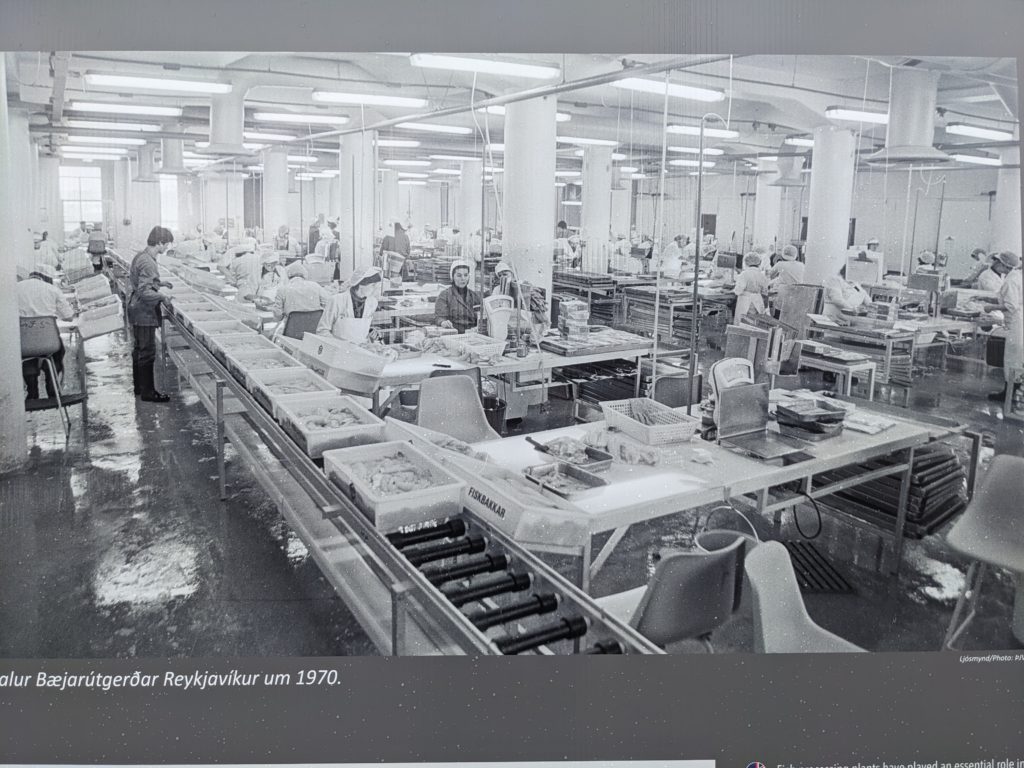
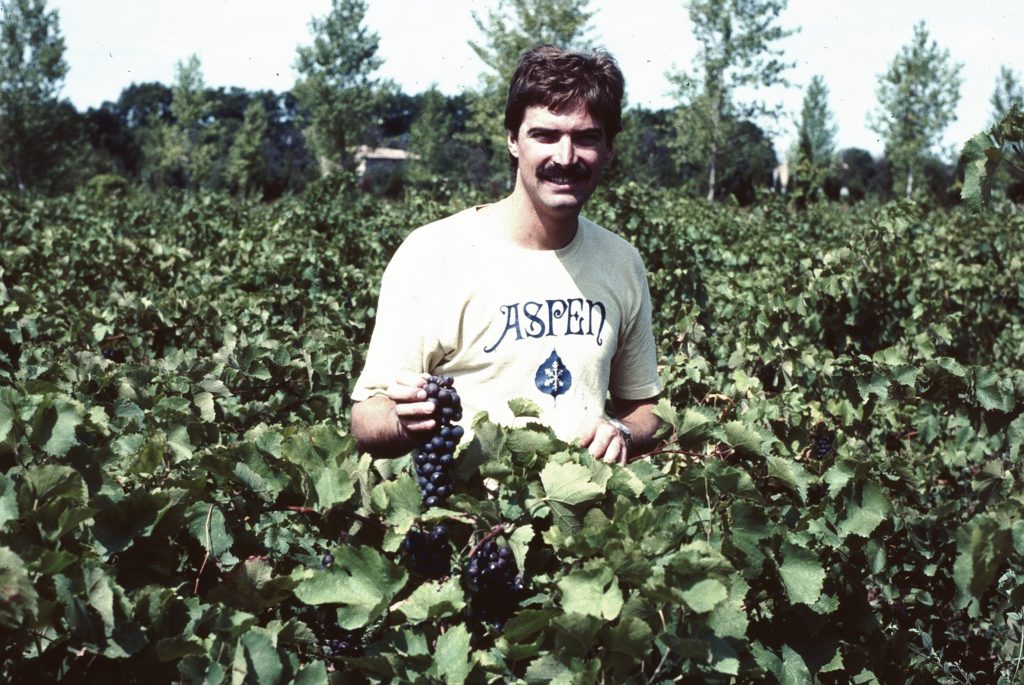
And so here we are. An island nation high in the North Atlantic Ocean, closer to Greenland than mainland Europe, just nudging up to the Arctic Circle, featuring the most northerly capital in the world, a country of only 370,000 spread out over an area larger than England and with more than half its population living in Reykjavik.
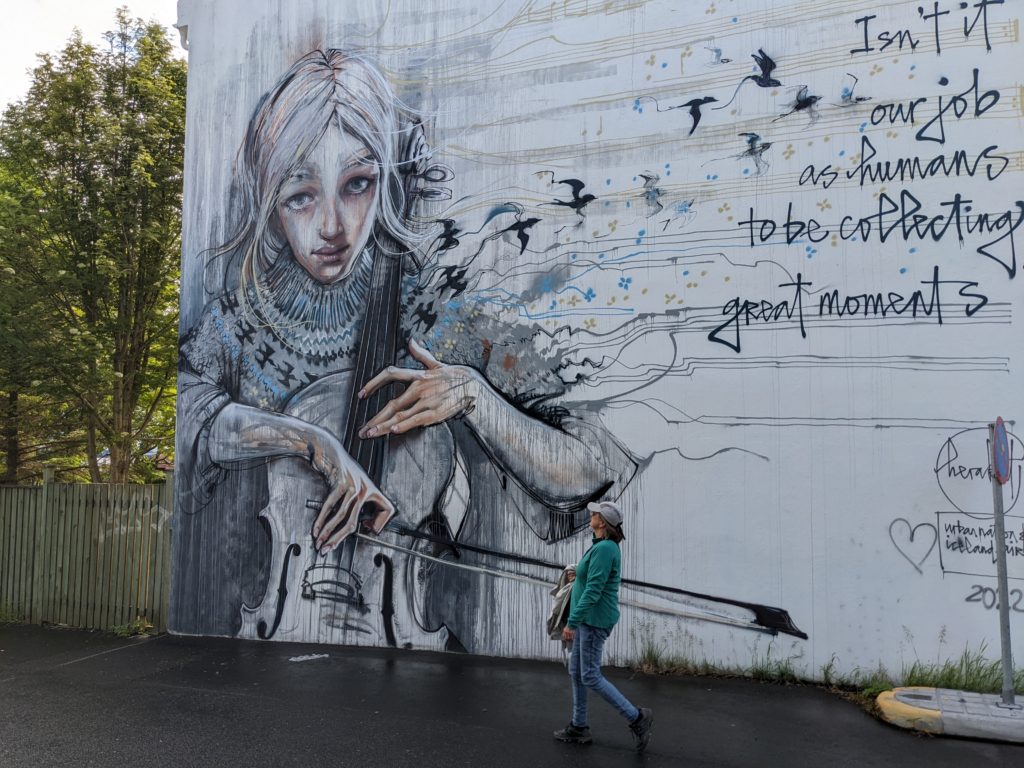
Born of volcanic explosions millions of years ago, first settled in the ninth century by Vikings exiled from Norway, a country with no military or McDonalds which gets almost all its heating and electricity from the island’s geothermic activity. Remote, cold, beautiful and different – that’s Iceland.
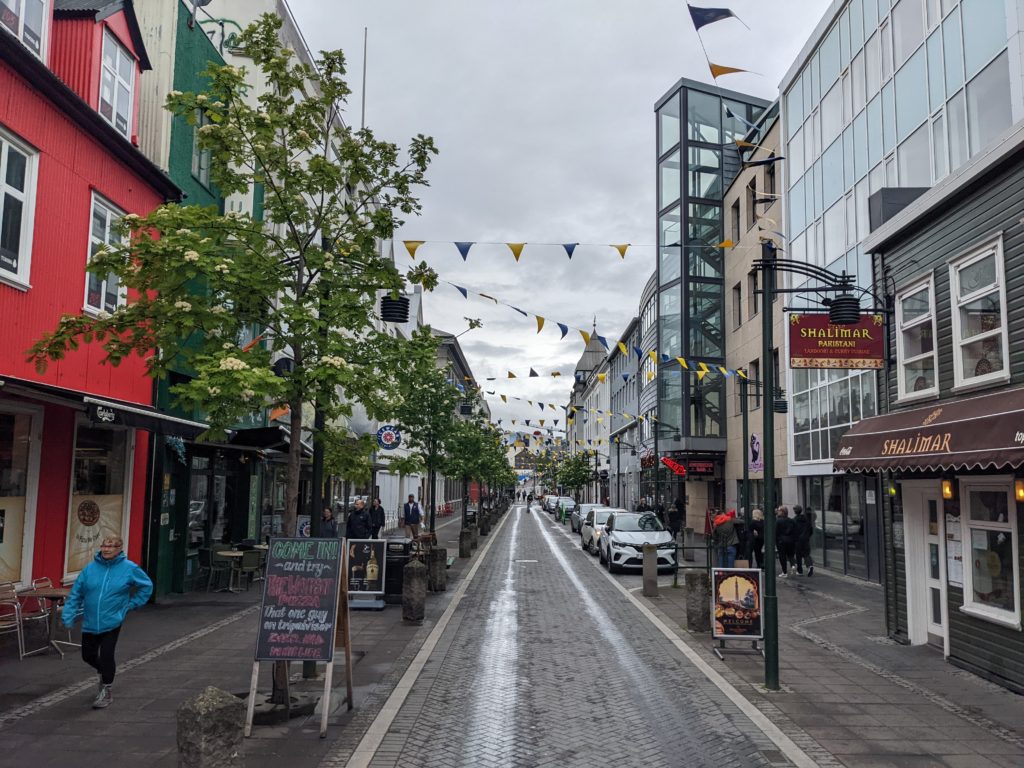
Julie and I spent the next day and a half exploring downtown Reykjavik, walking it’s many pedestrian-only streets, exploring the old part of town, the colourfully painted buildings, the old fishing harbour, taking in the helicopter views from the top of the tower in the city’s large Lutheran church.
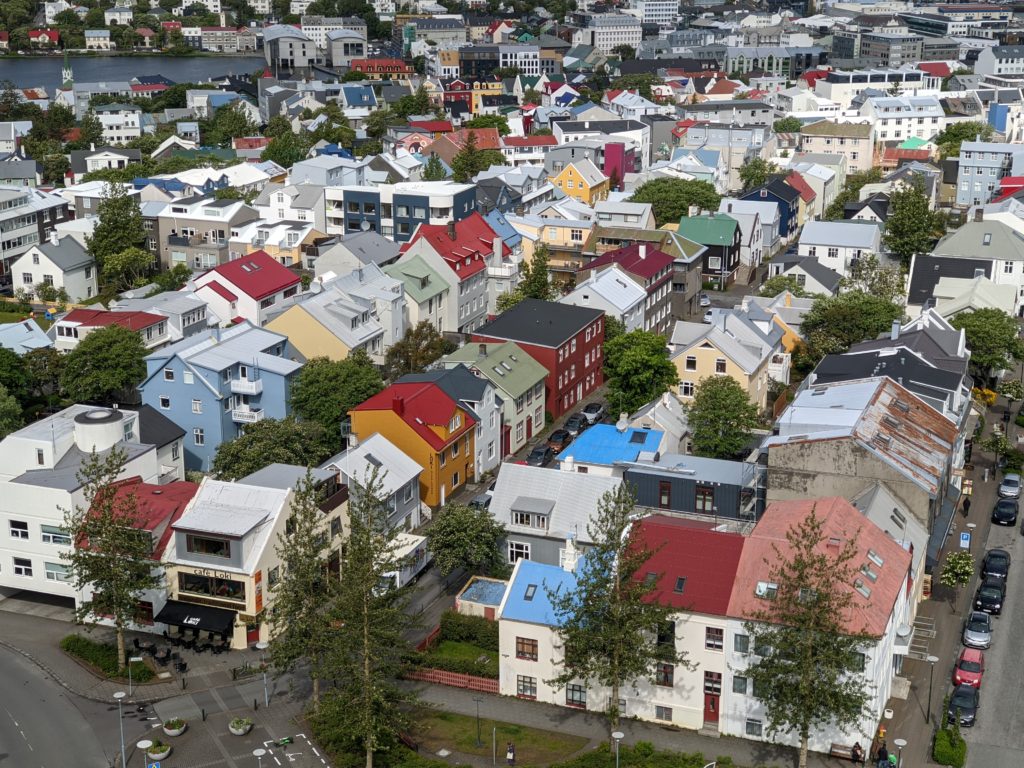
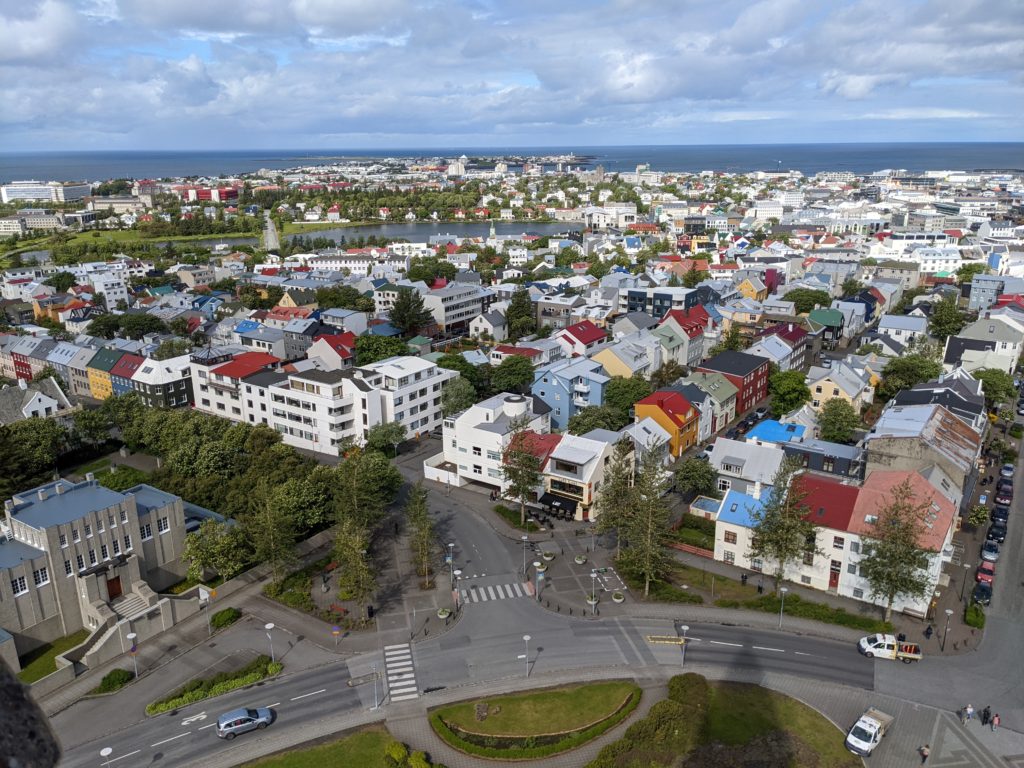
What we knew in advance was worse than we thought – the incredibly high cost of everything in Iceland. Whether it is food, clothing, souvenirs, entry fees to museums, hotels, fuel, you name it and Iceland is crazy expensive.
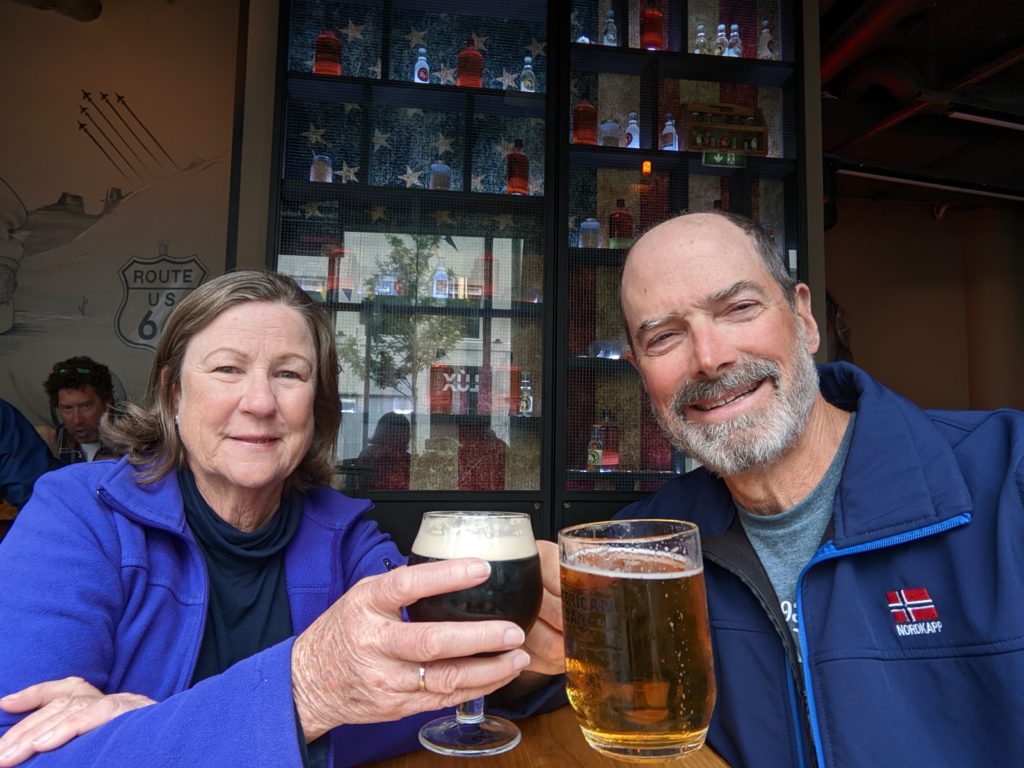
To give you one quick example – a litre of petrol (I’ll use Aussie dollars for the comparison) in the US is the equivalent of around A$1.80 or so and in Australia right now it is around $2.00. In the UK and Ireland it is $2.80 to $3.00 and in Scotland say $3.00 to $3.20. Now that is expensive! But wait a minute, in Iceland it ranges from $3.70 up to a staggering $4.00 per litre. Ouch!
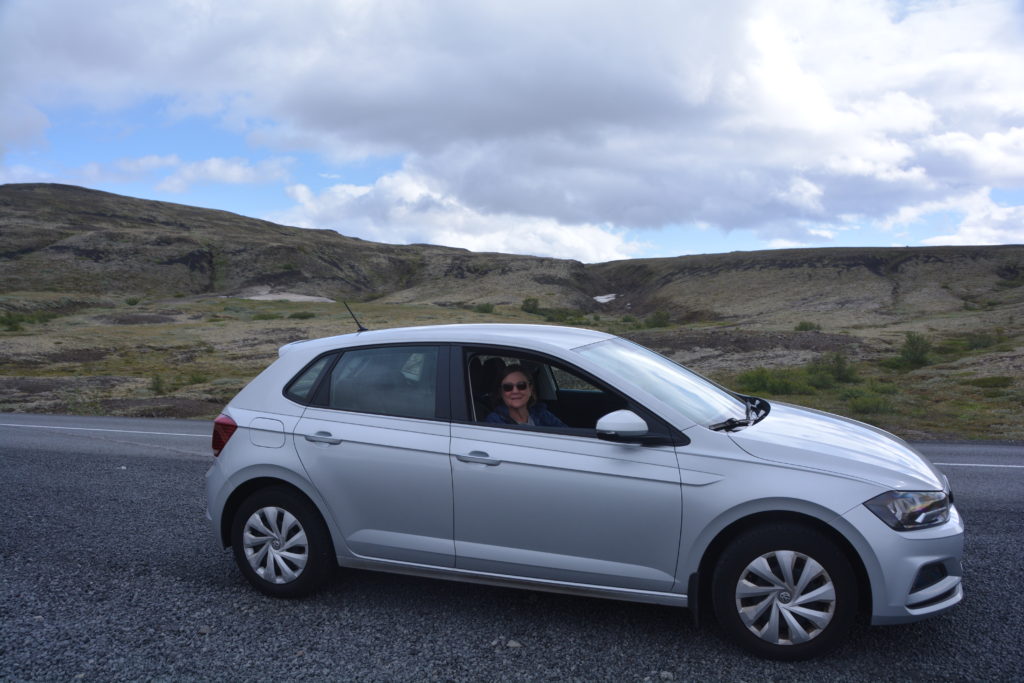
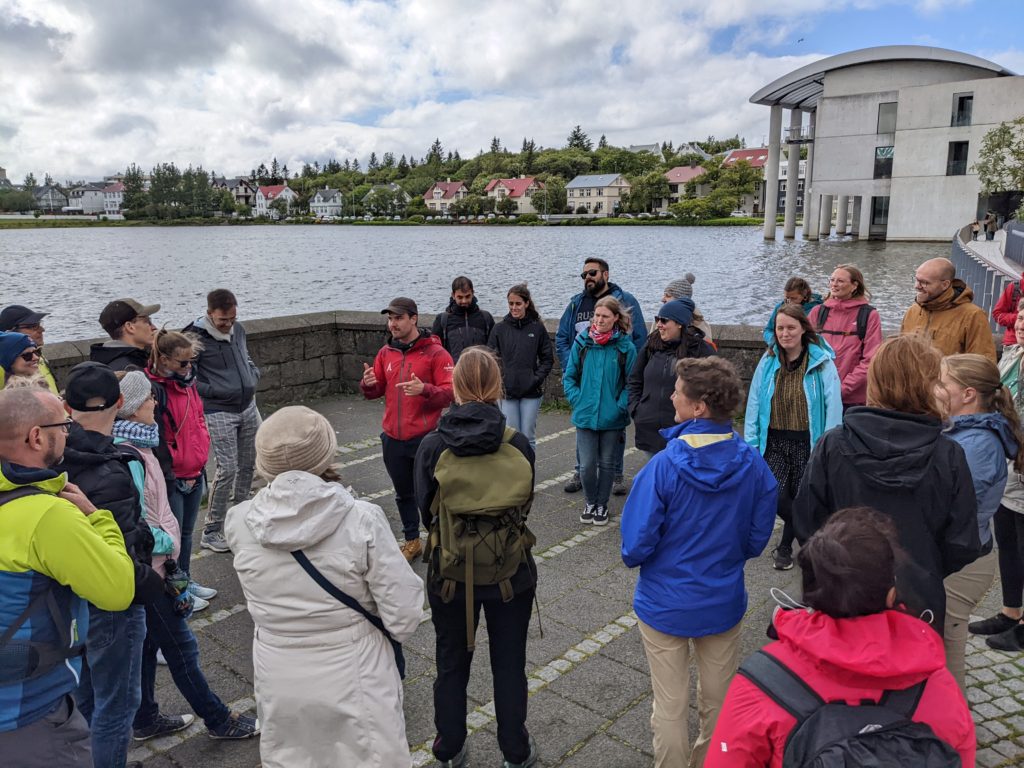
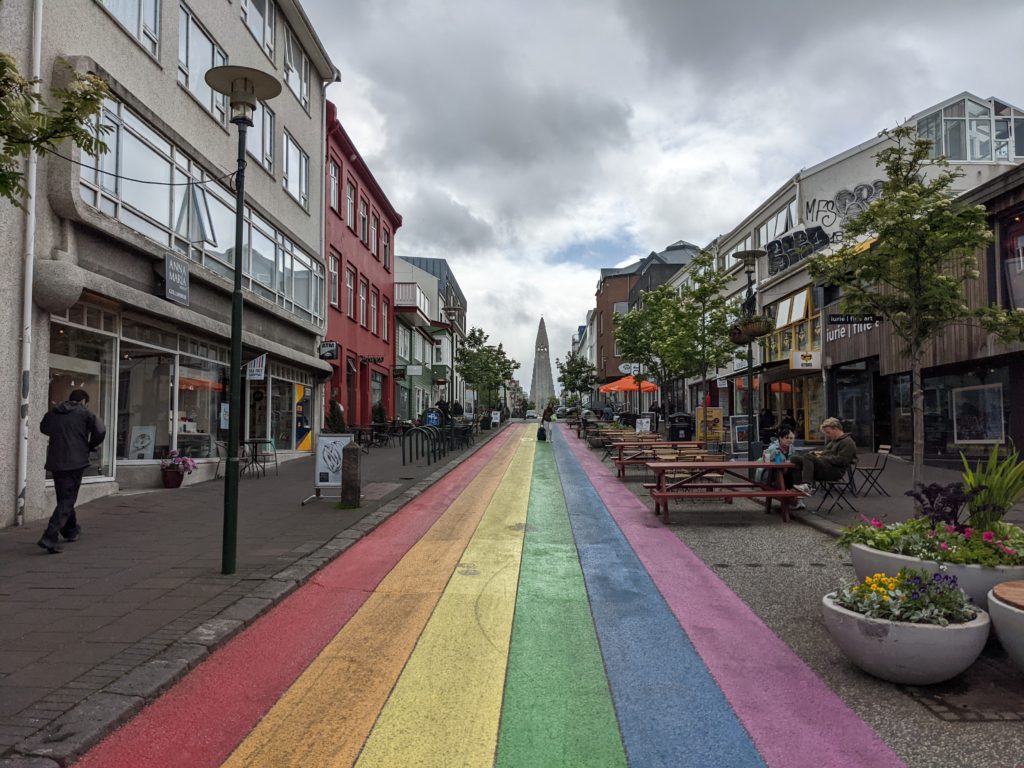
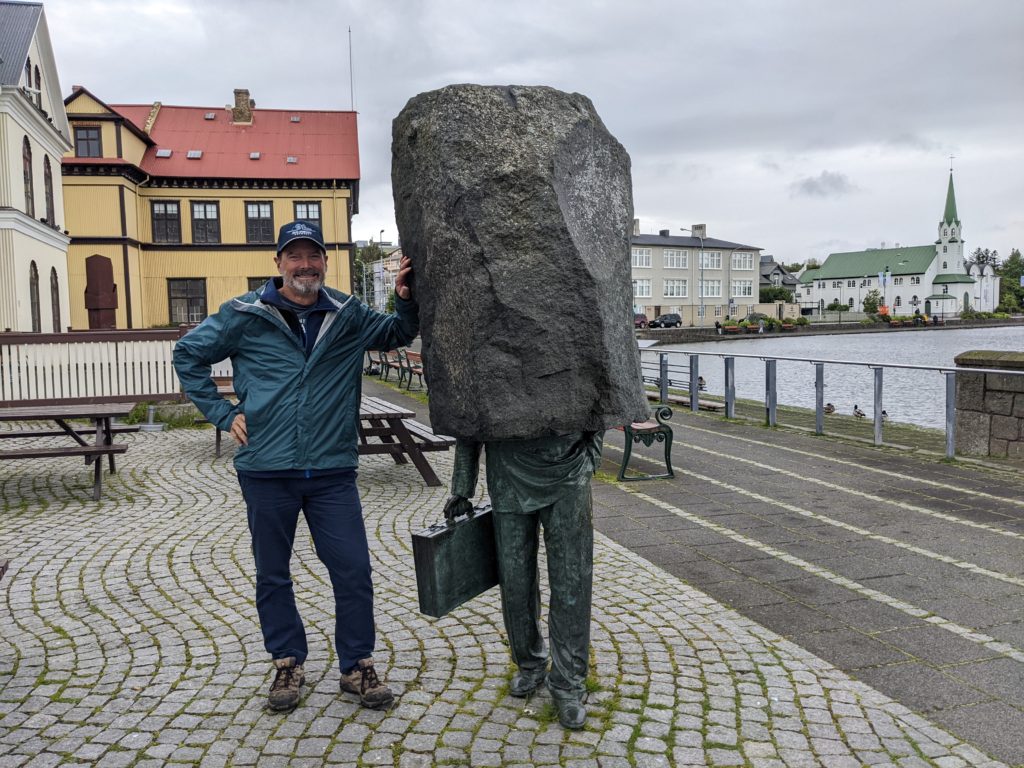
And then there’s the weather. Even though this is summer the weather is fairly average, getting to a high in our first week of around 12C (about 54F) with constant changes between wind, rain, sunshine and gloomy grey clouds, sometimes at the same time. When the wind blows the chill factor can really get to you. Iceland is not known for it’s good weather and there’s a reason for that.
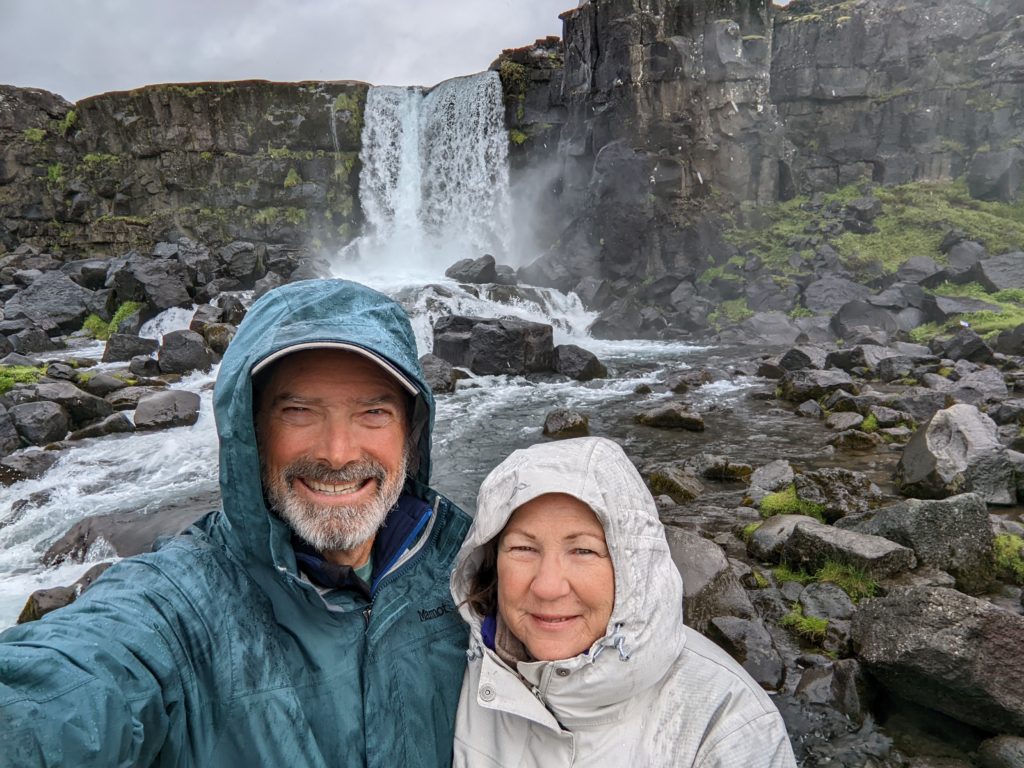
Julie and I are fascinated by the latitude of the various places we visit (bragger alert – we’ve been to 71.2 degrees north latitude and 66.6 degrees south latitude) and Reykjavik is at 64 degrees north (similar to Fairbanks Alaska), putting it just under the Arctic Circle (66.30N). On our first day the sun set at 23.57 and rose at 3.03, neither of which we saw. And between those times it doesn’t get really dark before it starts getting light again.
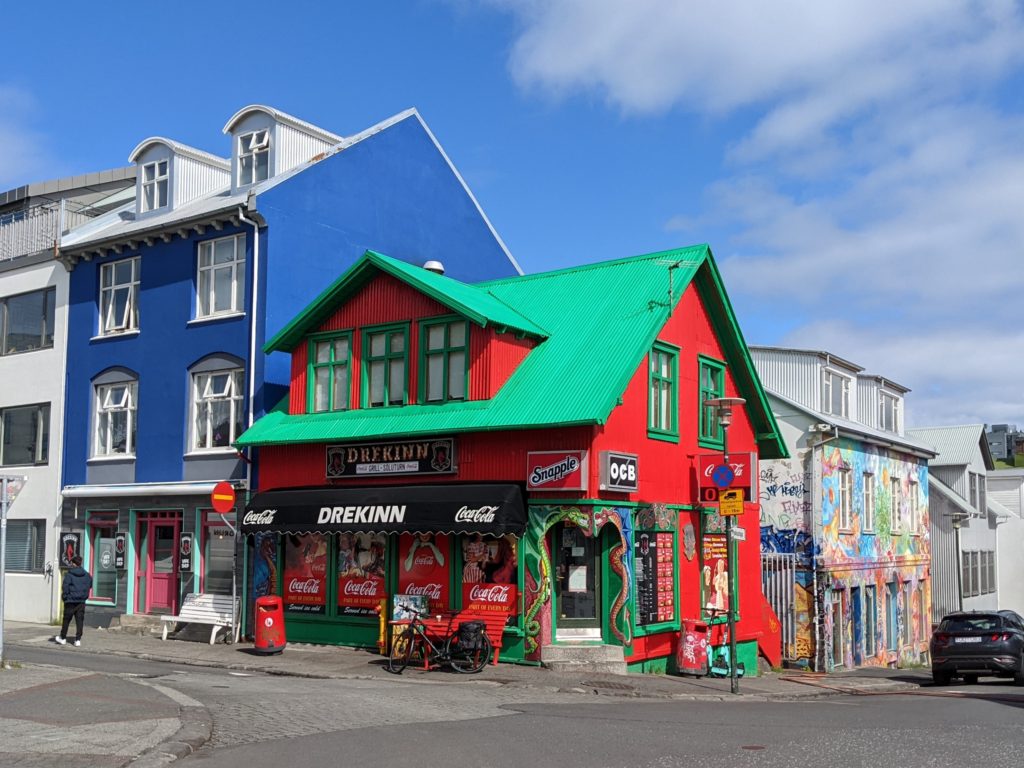
We enjoyed our exploration of Reykjavik but eventually we picked up our rental car, loaded our bags, excitement and anticipation, and headed north. Our new travel partner was a snappy little Volkswagen Polo, the smallest car I’ve ever driven, which we quickly dubbed Uvu because that was the letters on his license plate and it sounds Icelandic.
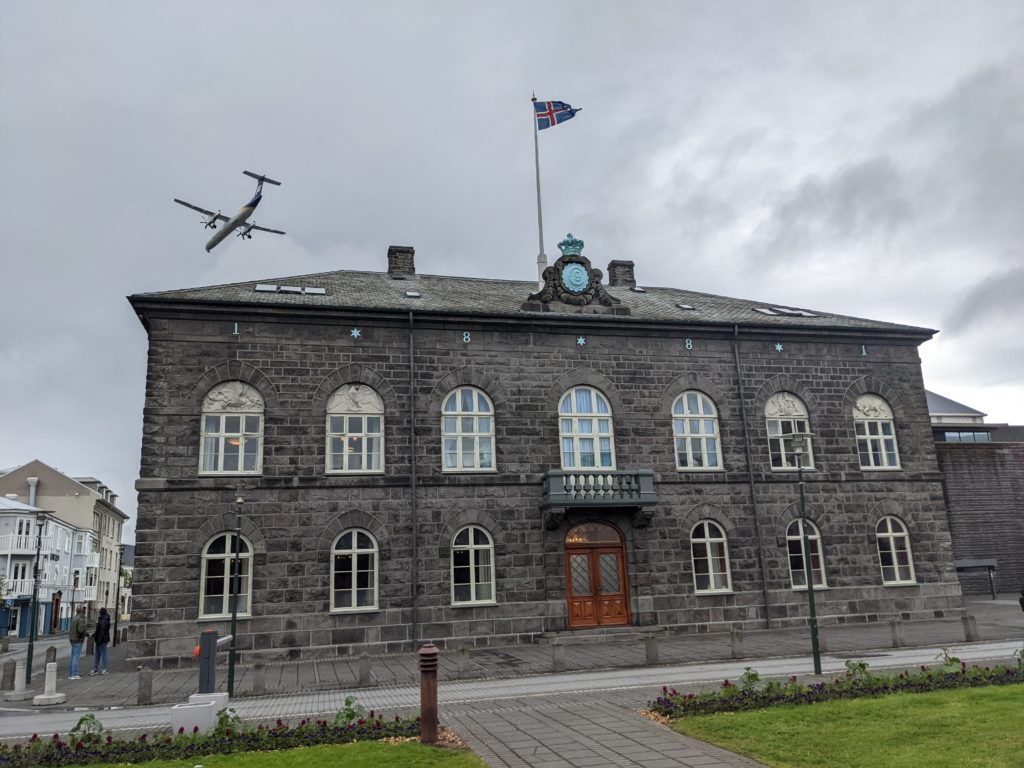
Uvu took us across ancient lava fields, folded, twisted and splintered through time, now covered in green moss until we reached Thingvellir National Park, the jewel of Iceland’s heritage. Thingvellir contains perhaps Iceland’s most historic location and one of the marvels of tectonic activity.
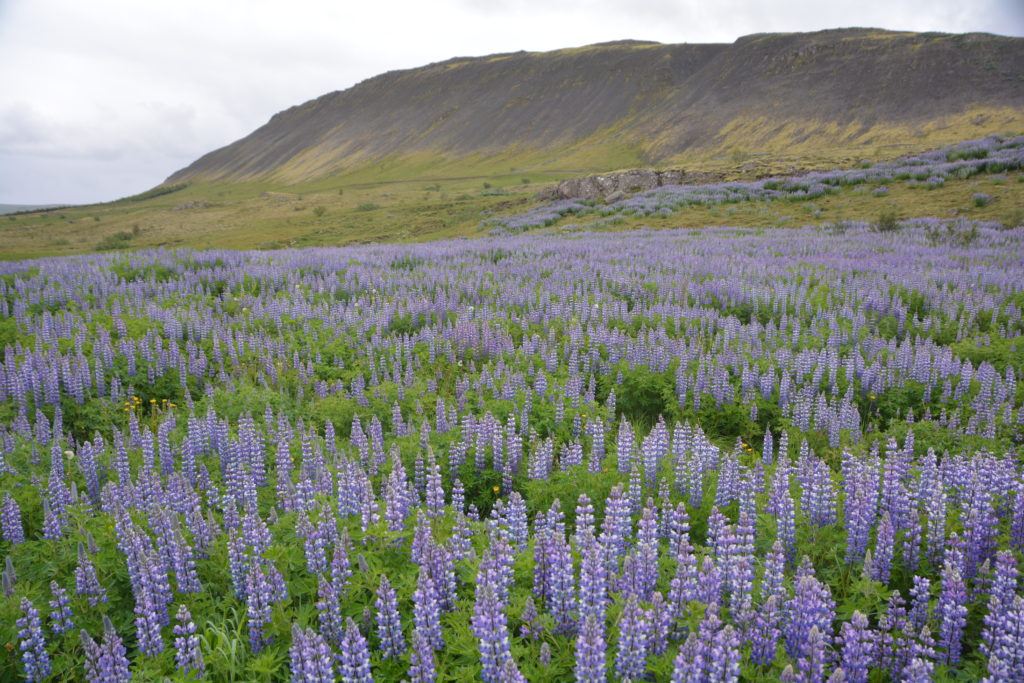
In a unique experience we walked through the huge lifting and splitting and separating slice of the earth where two tectonic plates slowly move apart and make Iceland bigger by about 2 cm a year. And then we stood on Law Rock, the site of the world’s first democratic society where Icelanders first gathered in the 10th century to establish laws and pass down justice in their annual council meetings. It was an awesome experience to be at the site of where these Viking chieftains from 1,000 years ago administered their new land.
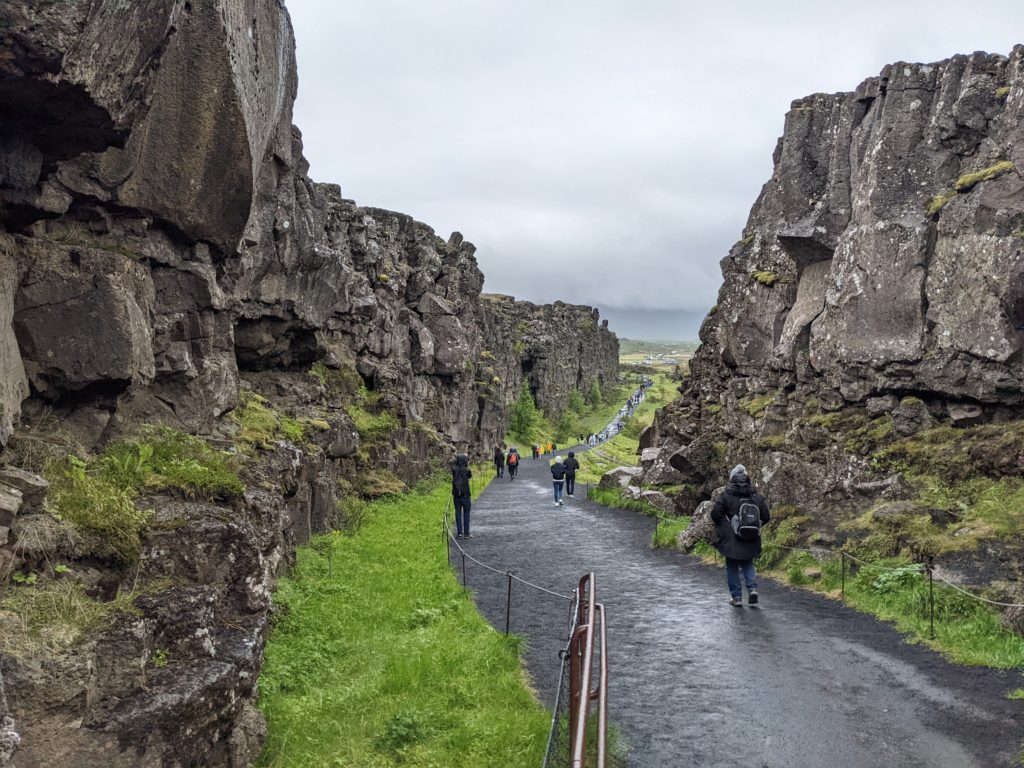
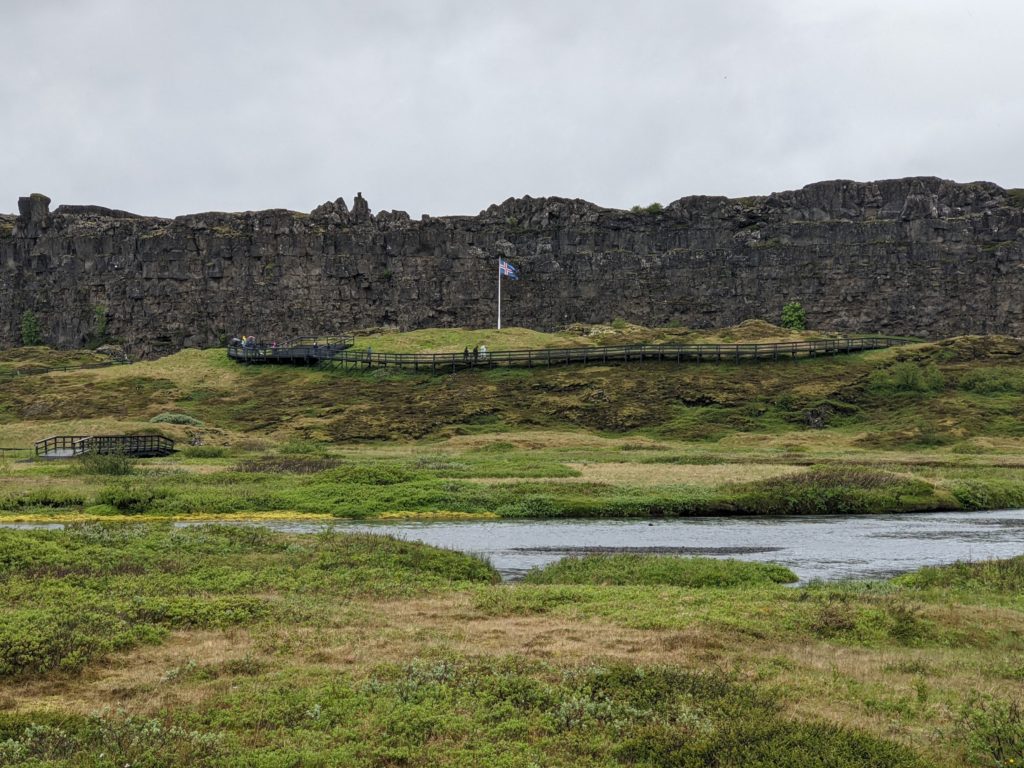
We then drove further on what Iceland’s tourism department calls the Golden Circle, basically a one day loop track out of Reykjavik taking in all the big local sites, to Geysir, a series of geothermal pools of boiling water and geysers that spout hot water into the air. In fact, the Iceland language has given English the word geyser named after this site and we walked amongst the bubbling pools, their sulphuric vapor blowing everywhere, taking in the moment with hundreds of other day trippers.
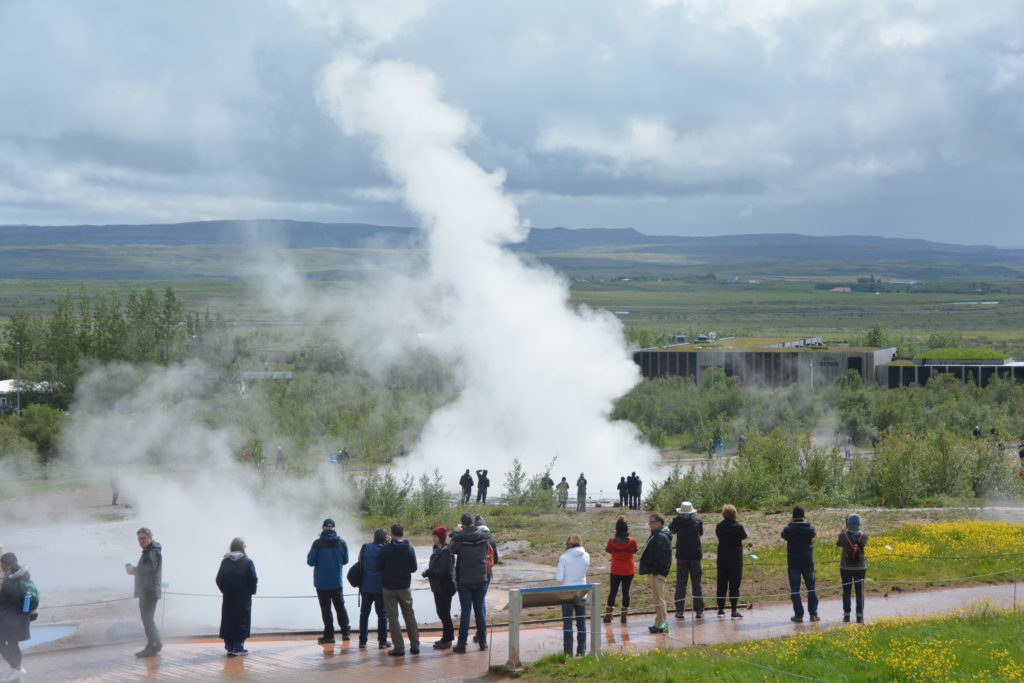
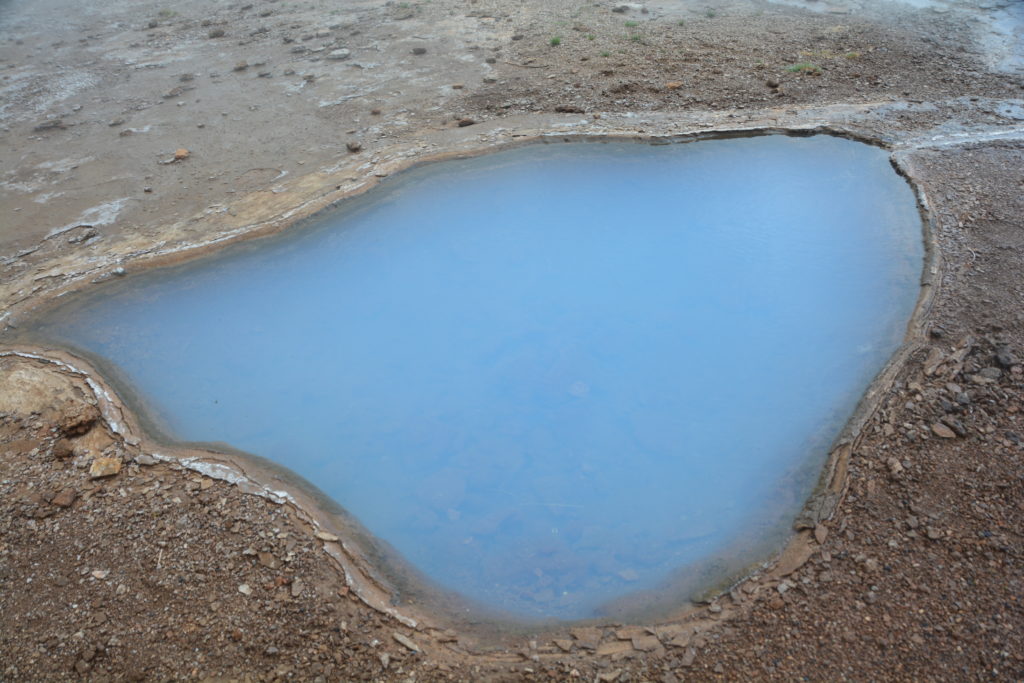
Uvu knew where he was going as we drove to Gullfoss, the massive two-stage waterfall of the Hvita River that tumbles down into a narrow ravine after placidly crossing vast open plains. Julie and I really get into waterfalls and Gullfoss has to be one of the best.
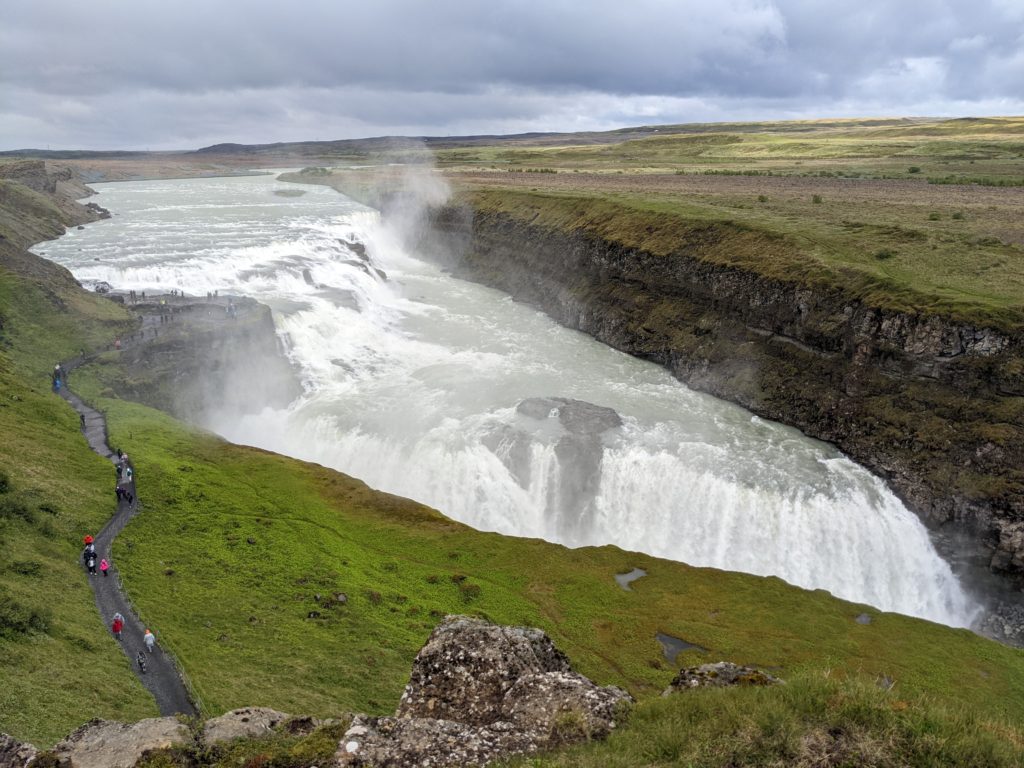
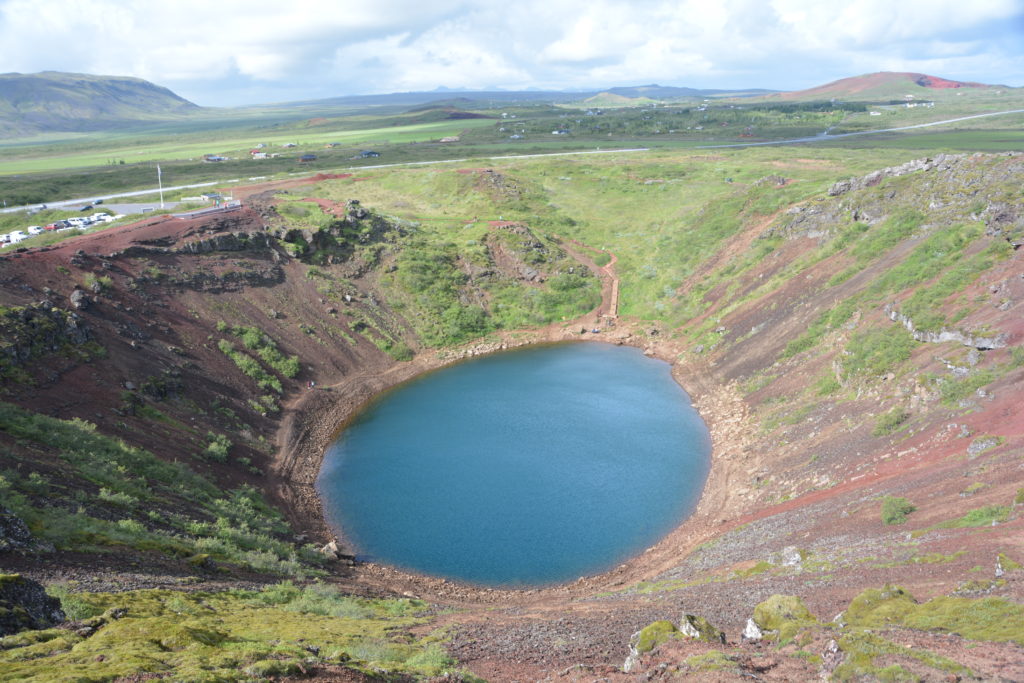
We headed south across the lava fields until we eventually made our home for the night in a farmstay-type place called Vatnsholt. Our self-drive package has all our accommodation booked in advance so all we need to do is find the place – not always easy – and present our voucher for an ‘economy’ standard room with share facilities. The whole experience is a first for us and so far, so good.
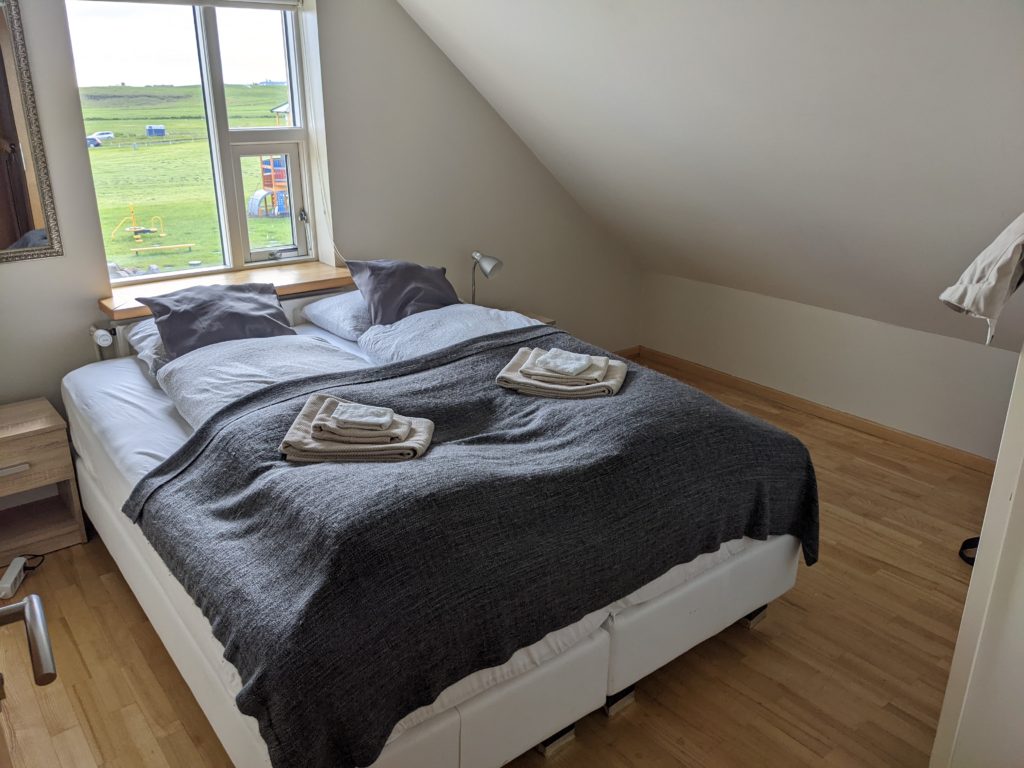
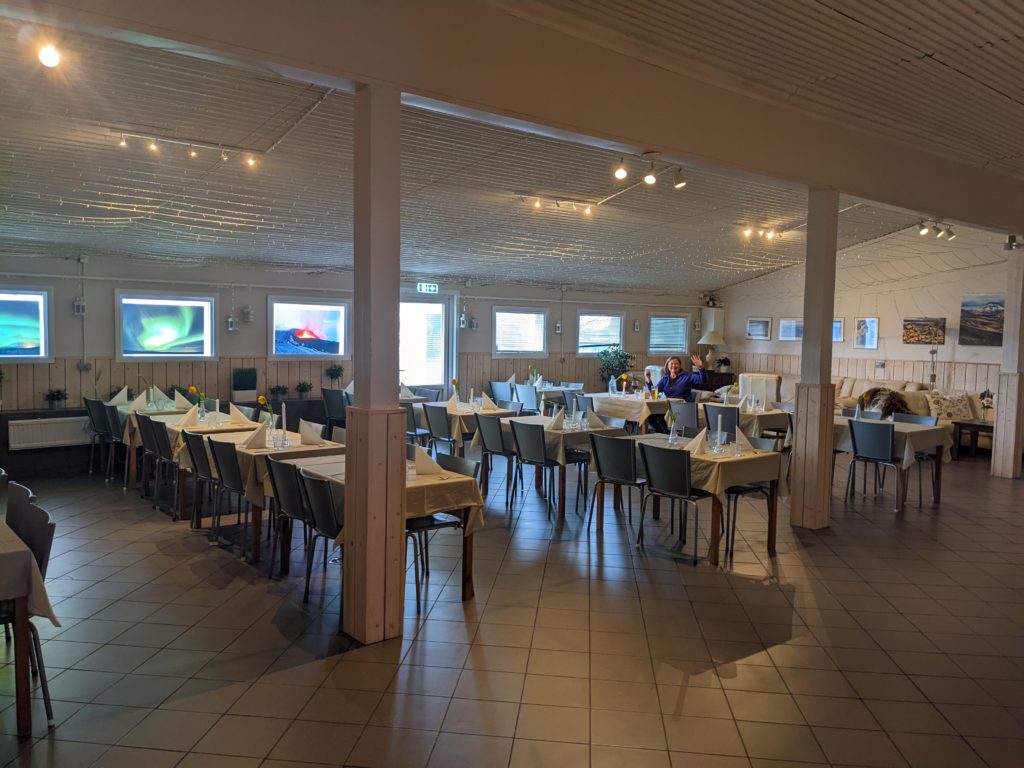
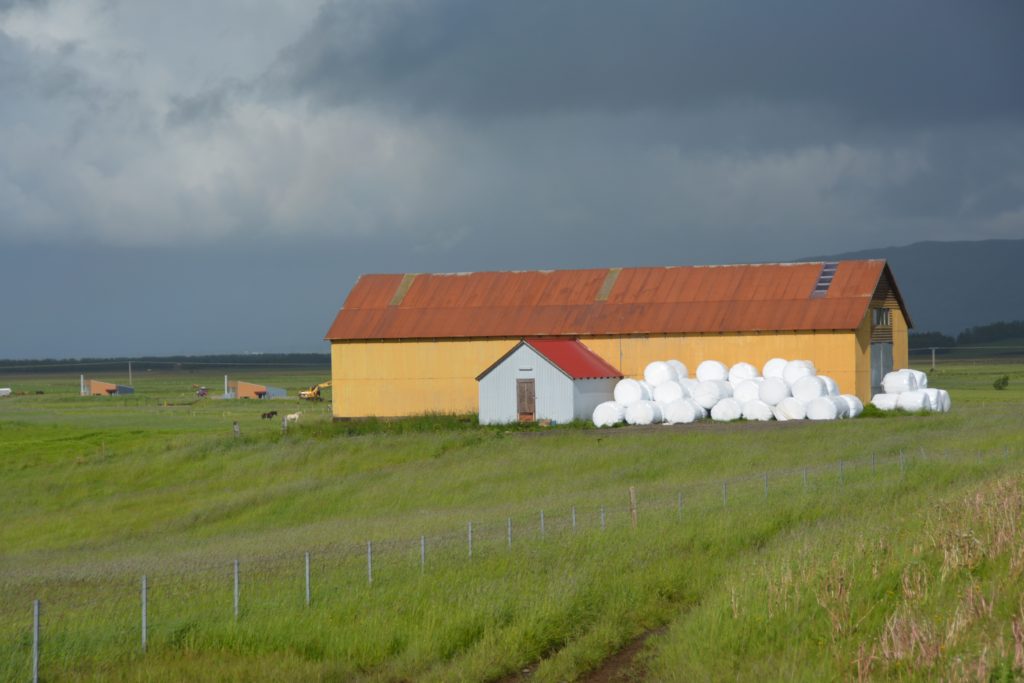
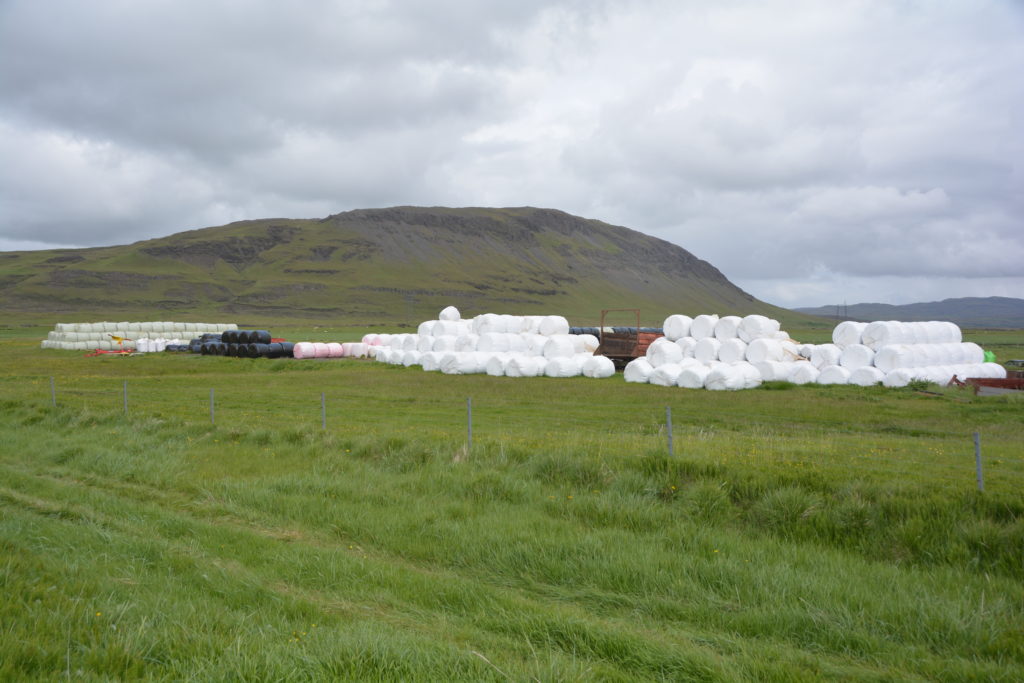
While our general plan is to follow the Ring Road all the way around the island we also want to have stabs inland to see what else Iceland has to offer. We decided to follow the mighty Thorsa River, Iceland’s longest, milky green from glacier runoff, past mountains formed by volcanos and a rugged lava bed for the valley floor. We passed close by the Hekla volcano, covered in snow and looking threatening, much like it did before erupting in 2000.
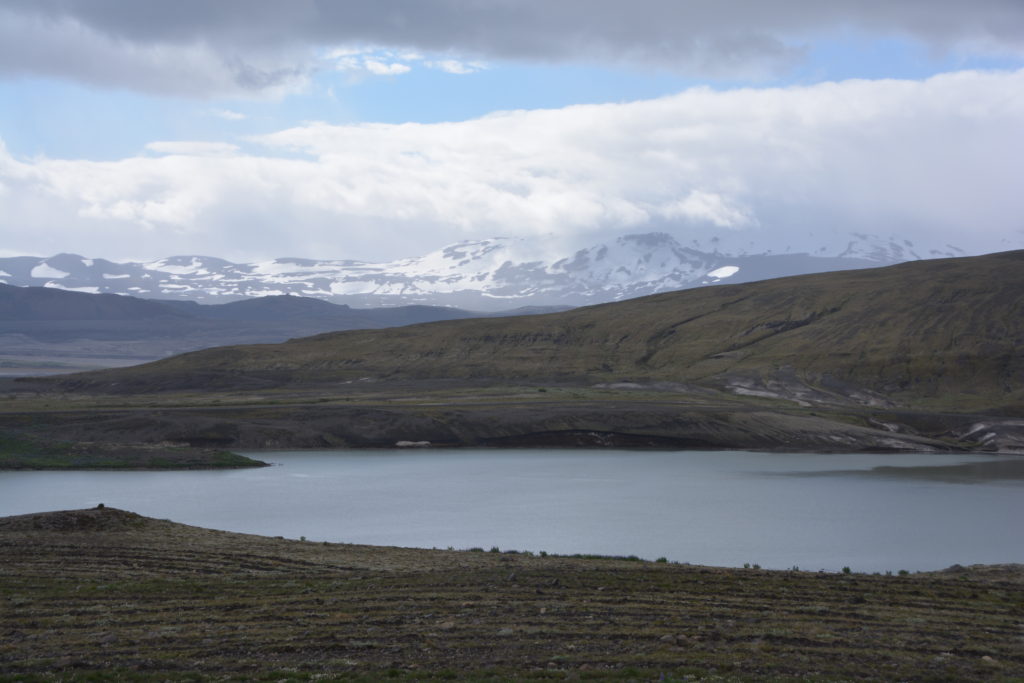
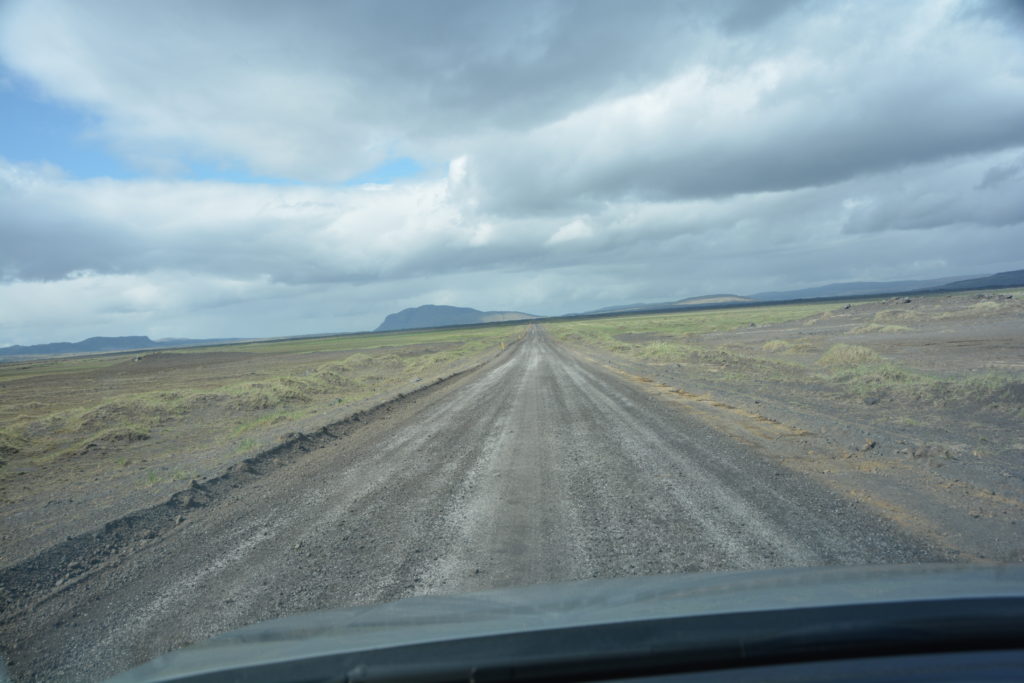
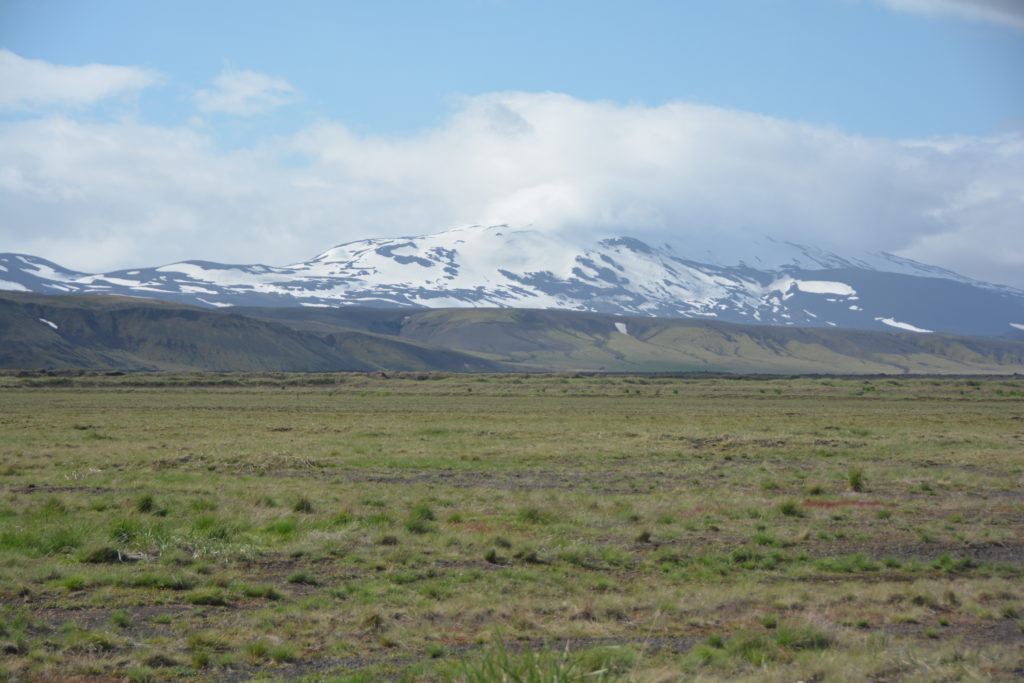
But today was a day for waterfalls and we saw some beauties. My favourite was the massive Seljalandsfoss, pronounced just like it’s spelled, which we could walk behind for a unique perspective. To see Gljufrabui we had to hop across rocks up a little stream and into a narrow little canyon before arriving at the misty base of the falls. And for Skogafoss, a Disneyland-perfect waterfall, I hiked up the switchback trail to see the whole thing from the top. Waterfalls rock!
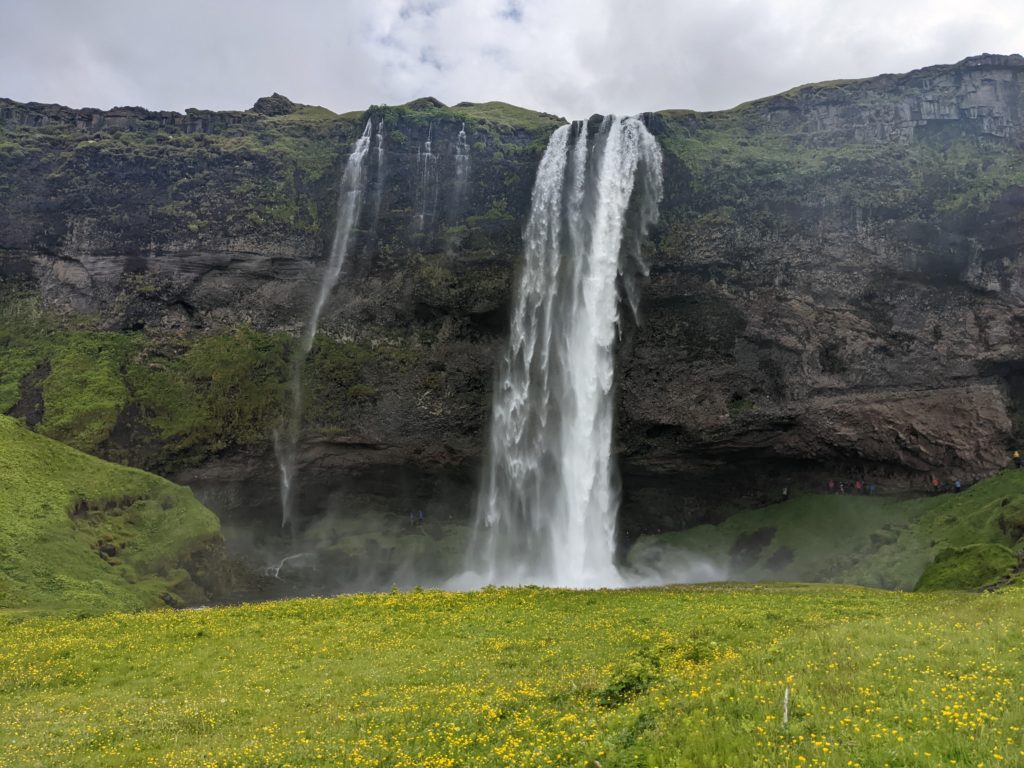
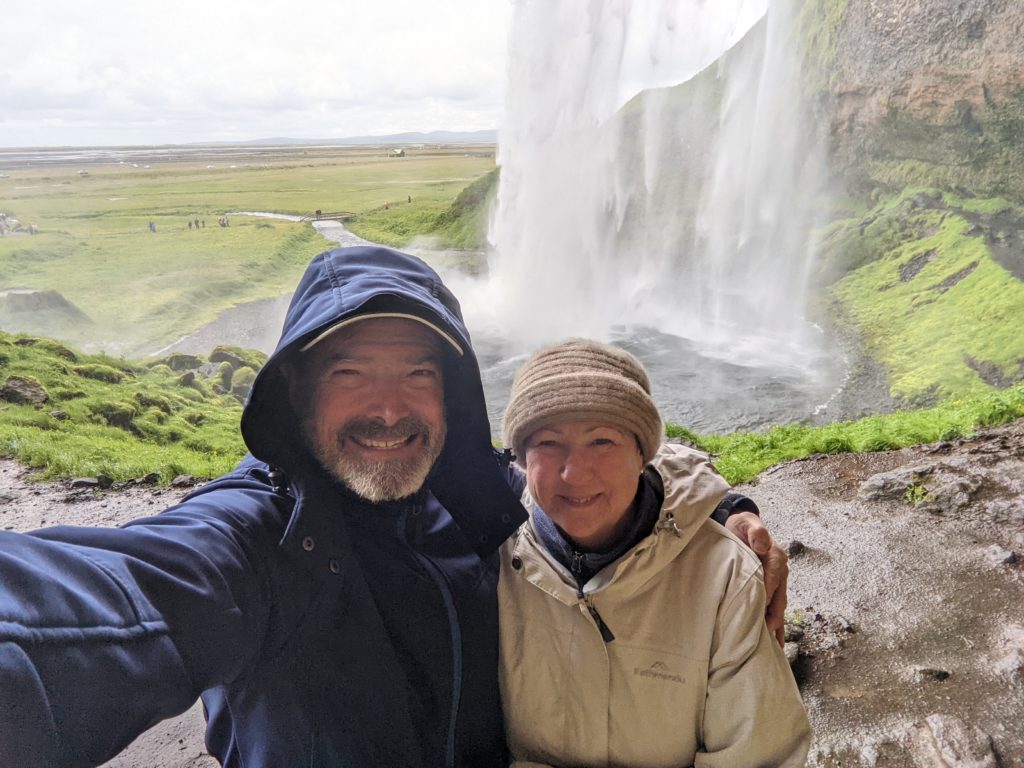
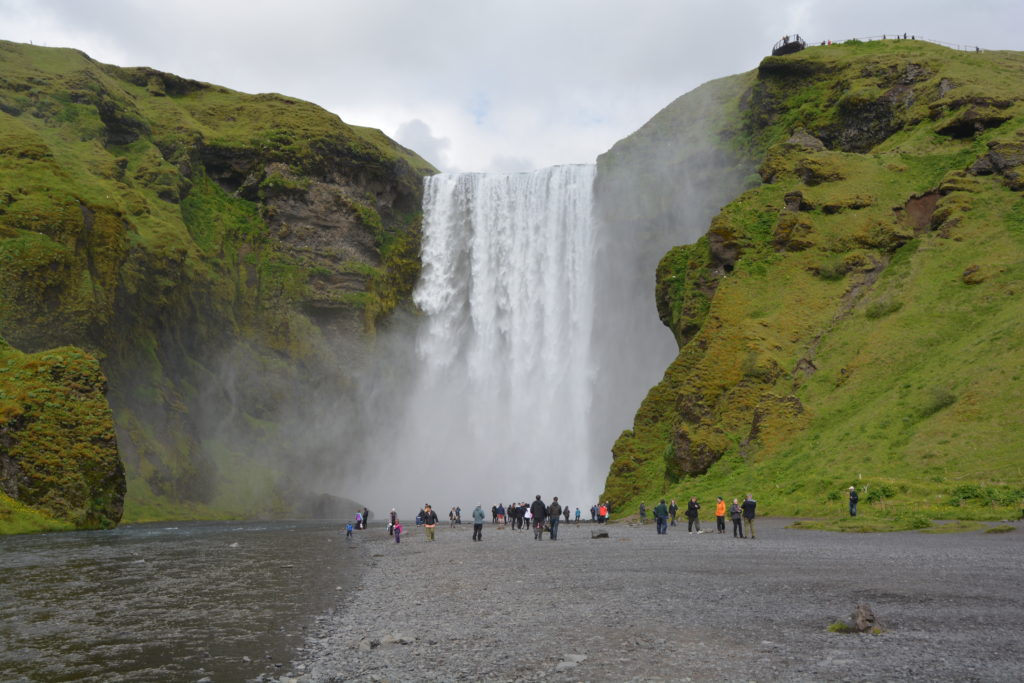
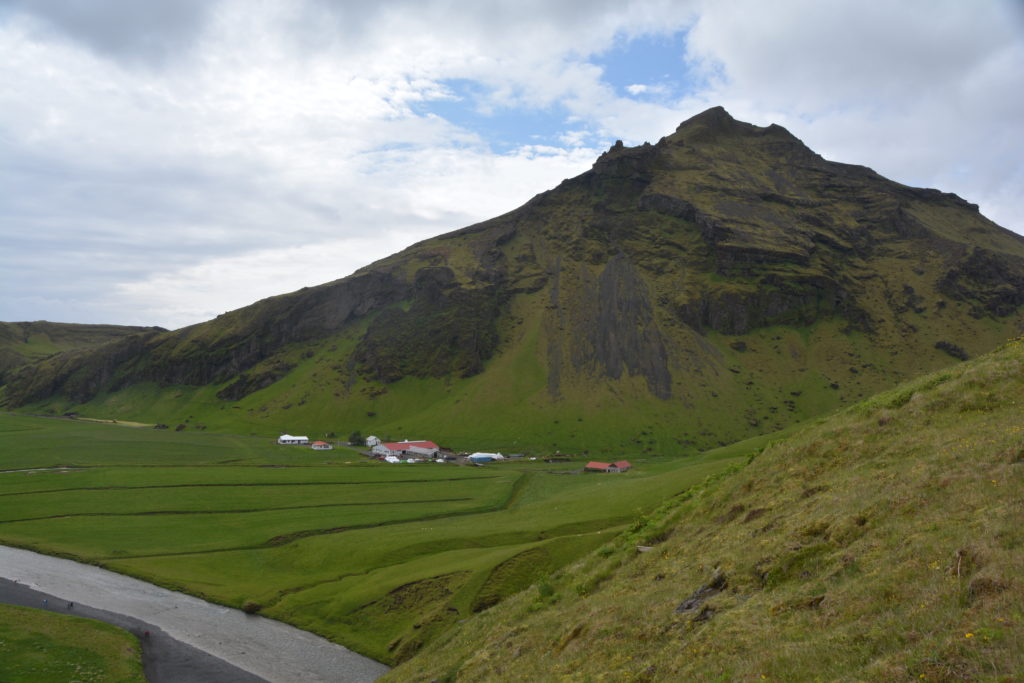
Iceland was shaped by countless glaciers during the last ice age, each leaving their huge mark on the dramatic mountains and valleys of the island. We were able to walk up to and on to the Solheimajokull glacier, coated with volcanic gravel it has created, extending and receding as the climate changes. Glaciers rock too!
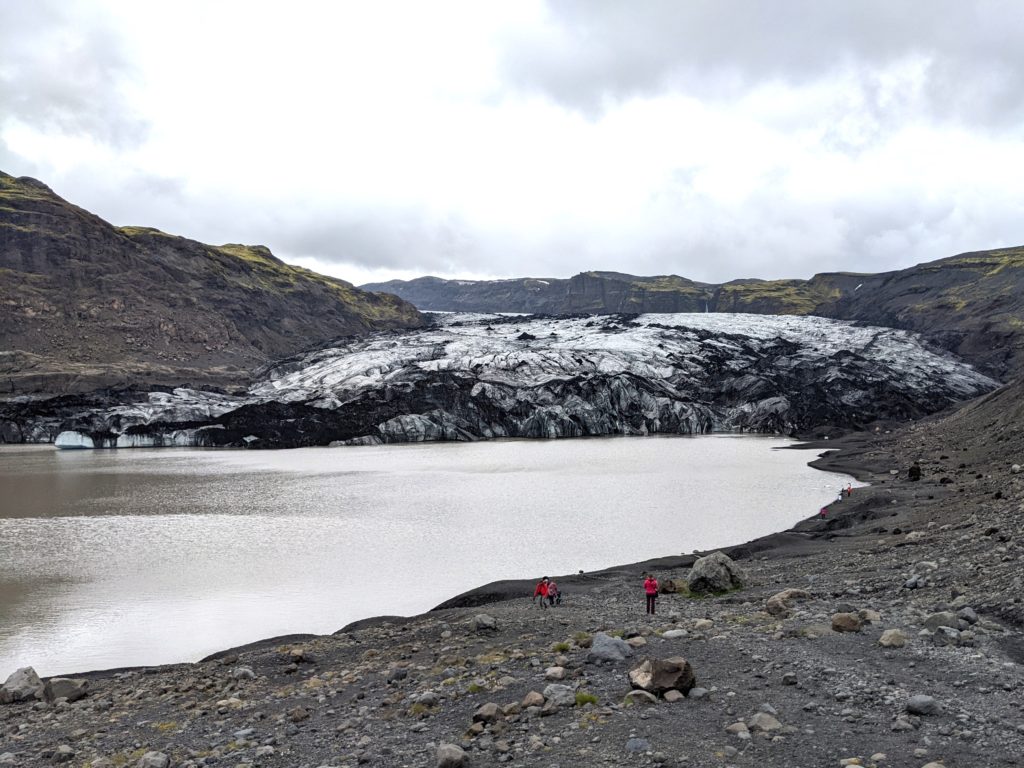
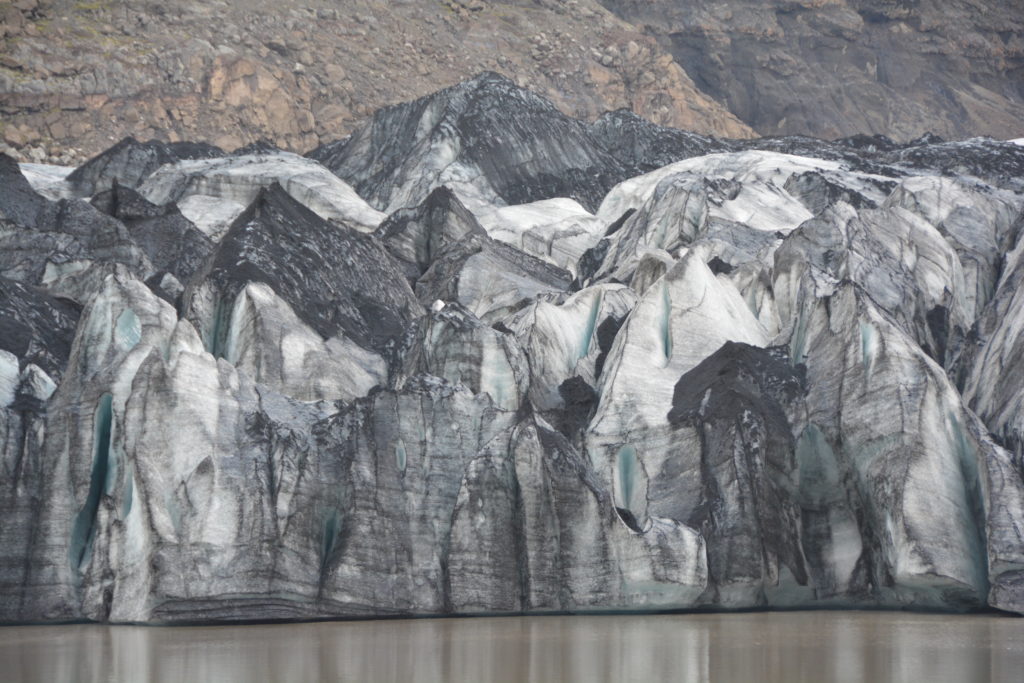
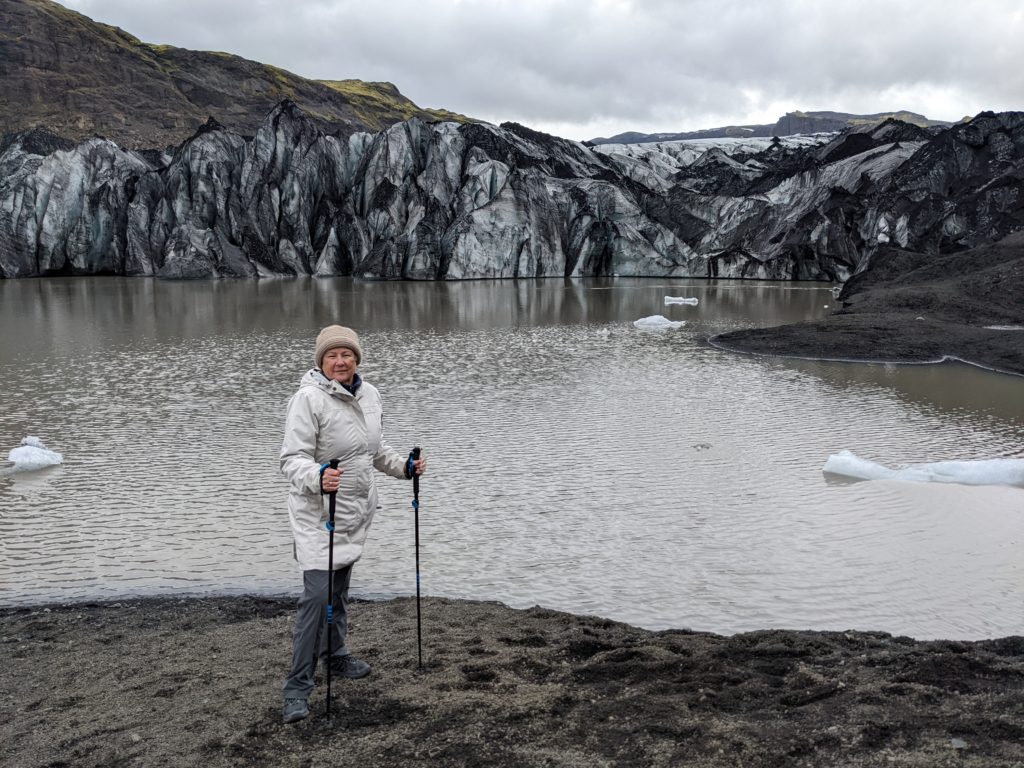
But this was a day for the ages and even though it was after 6pm there was much more to see and much more light to see it all. Reynisfjara is the most famous beach in all of Iceland with its heavy black volcanic sands stretching as far as we could see. And from the nearby jutting headland of Dyrholaey we had aerial views of the beach as well as getting up close and personal with a whole bunch of cute puffins that were nesting on the cliff edge.
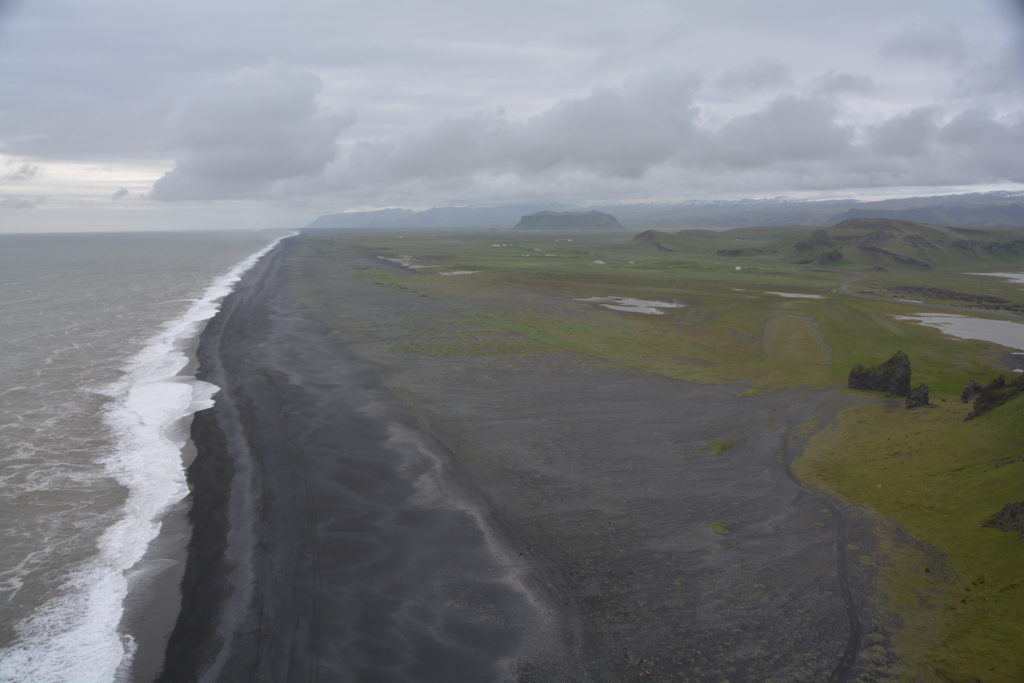
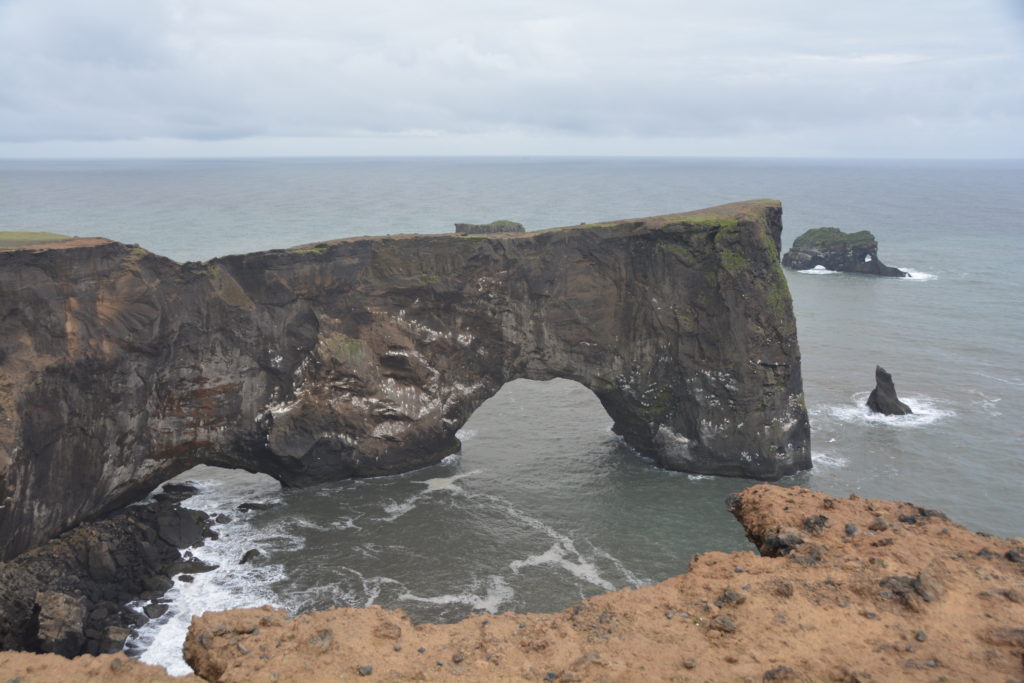
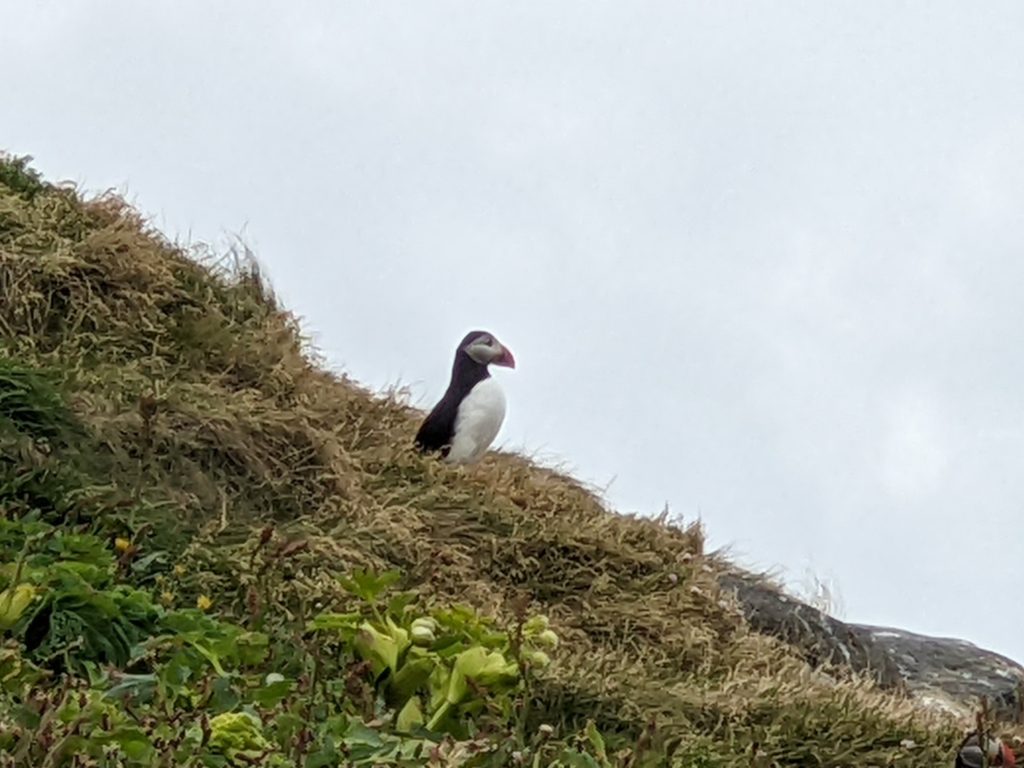
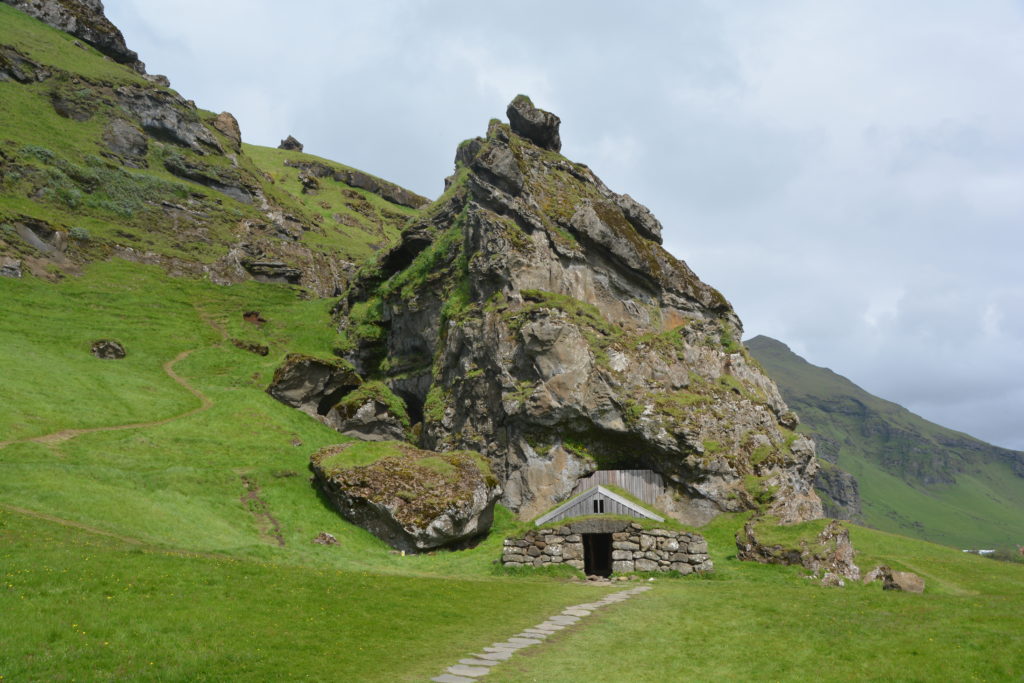
We finished the day in the town of Vik where we ate at a soup restaurant – another novel experience – before following another rough gravel road to our very rural guesthouse – and checking in around 9.30pm, the sun still high in the sky fighting it’s way through the clouds and rain.
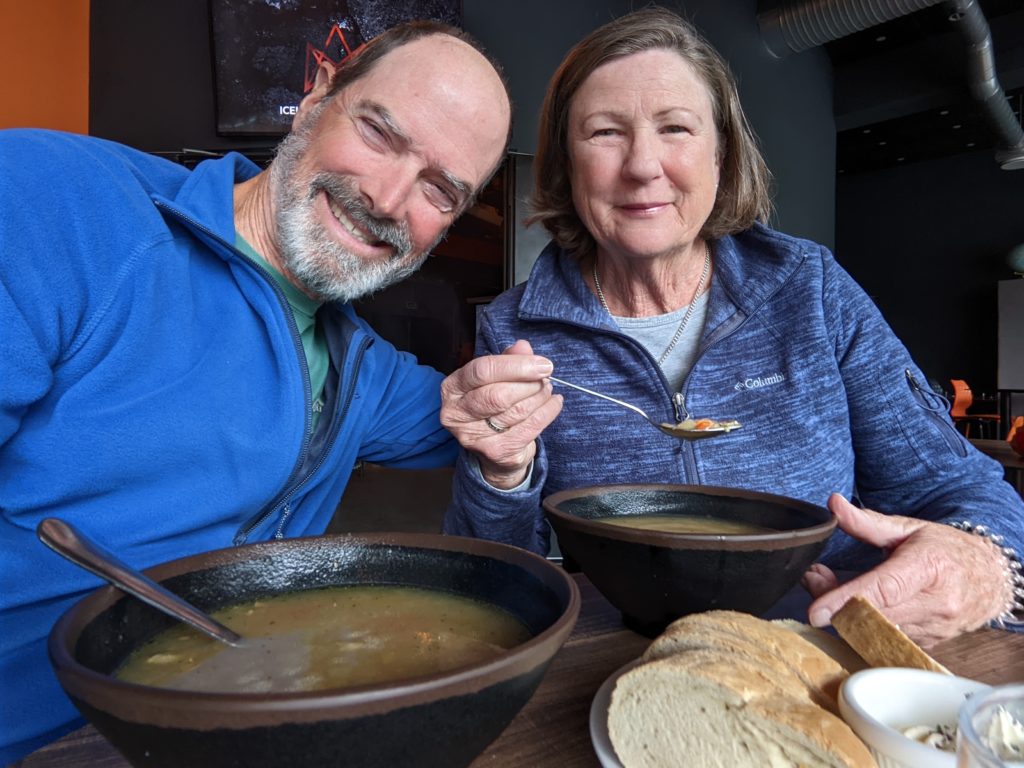
All told, another action packed typical day in Iceland with much more to come.
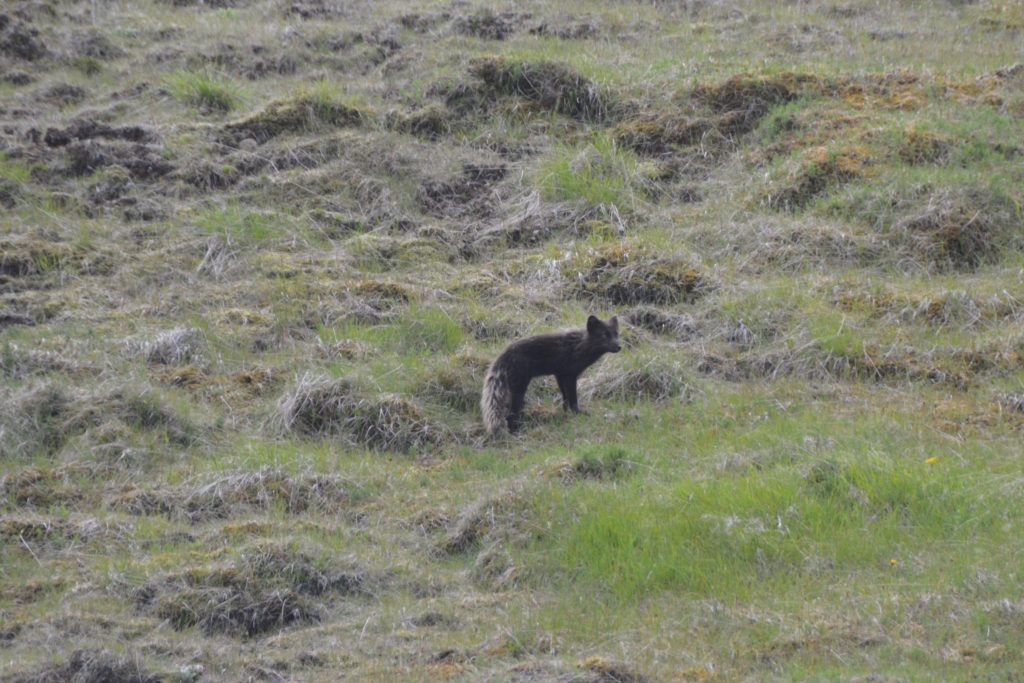
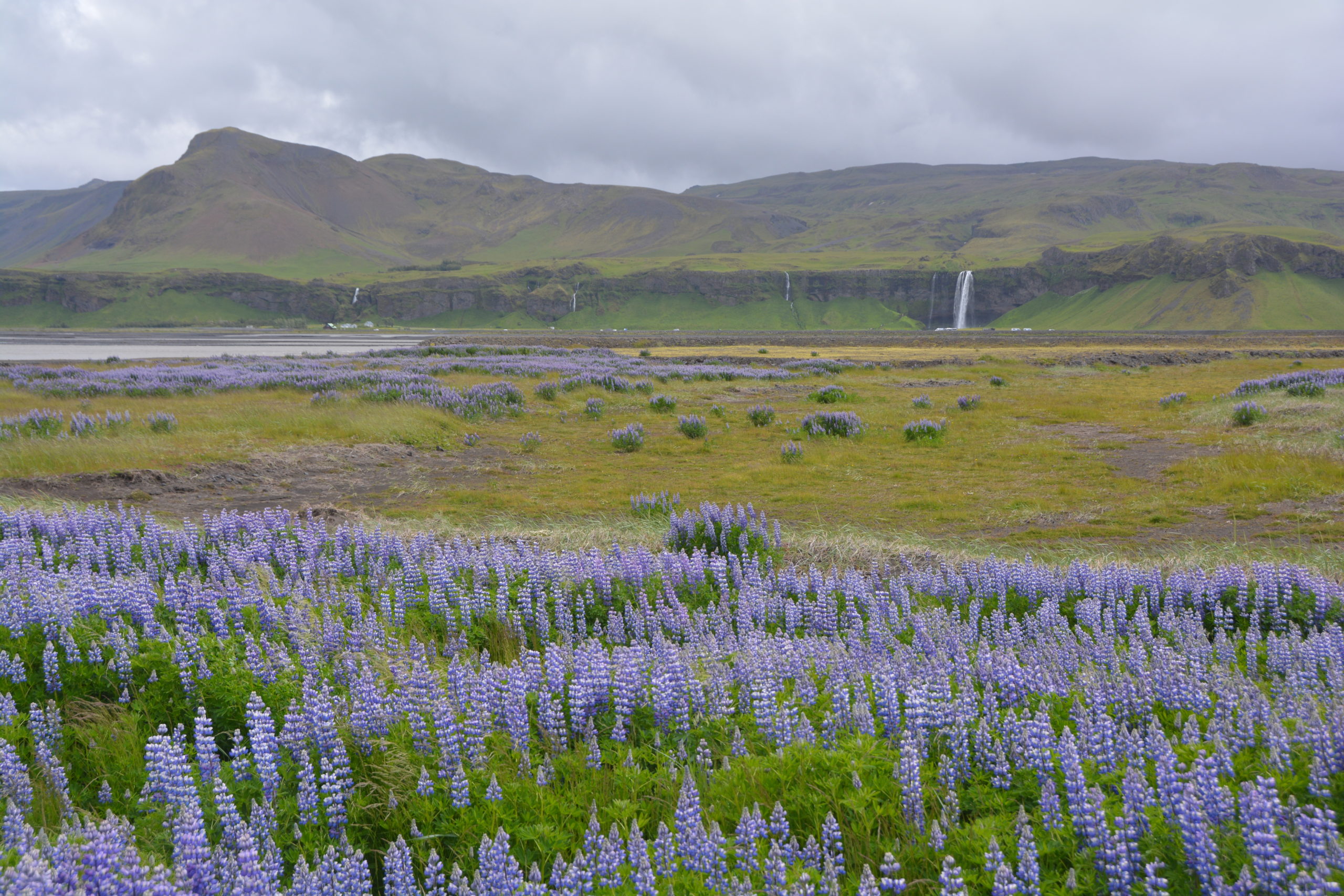
Comments
Iceland — No Comments
HTML tags allowed in your comment: <a href="" title=""> <abbr title=""> <acronym title=""> <b> <blockquote cite=""> <cite> <code> <del datetime=""> <em> <i> <q cite=""> <s> <strike> <strong>